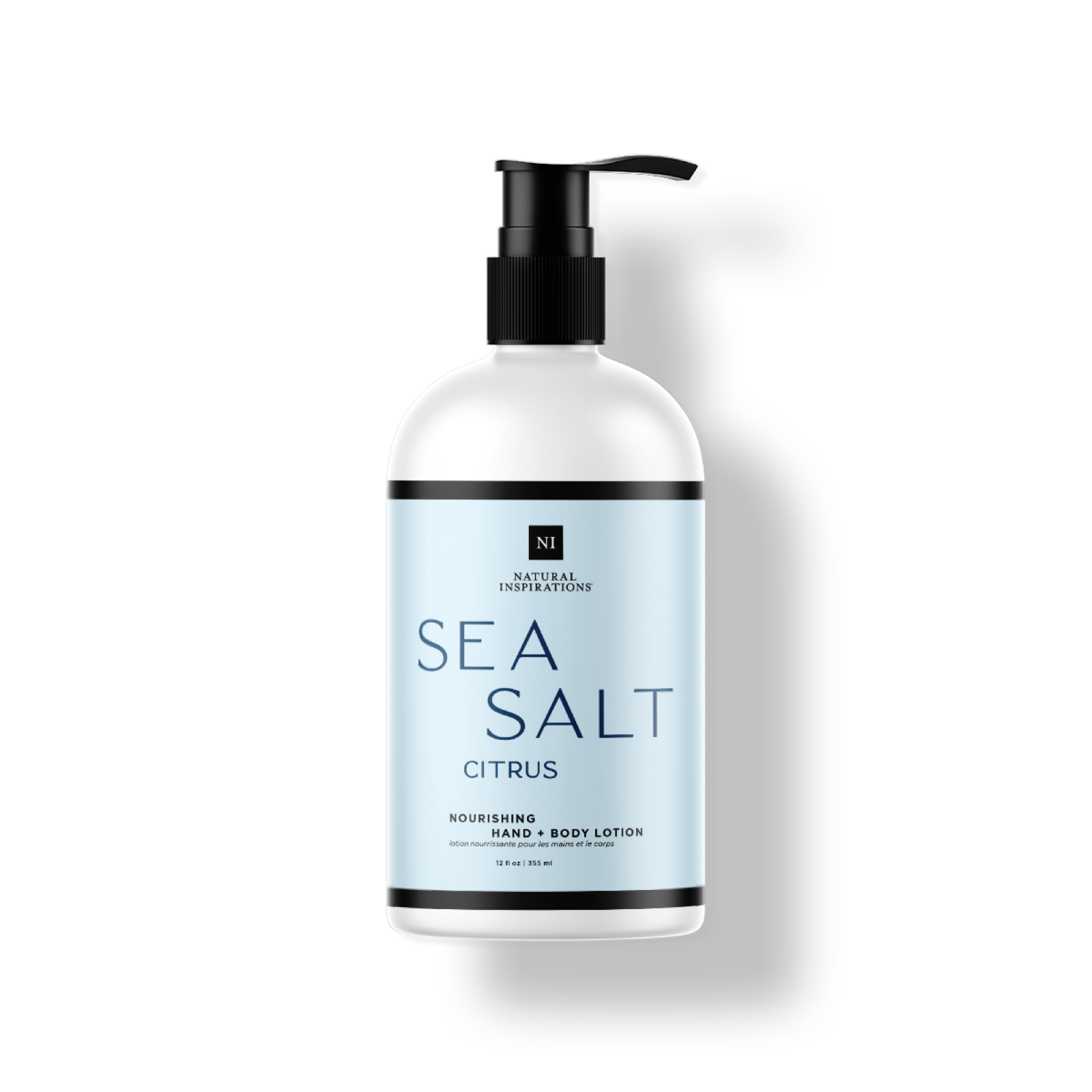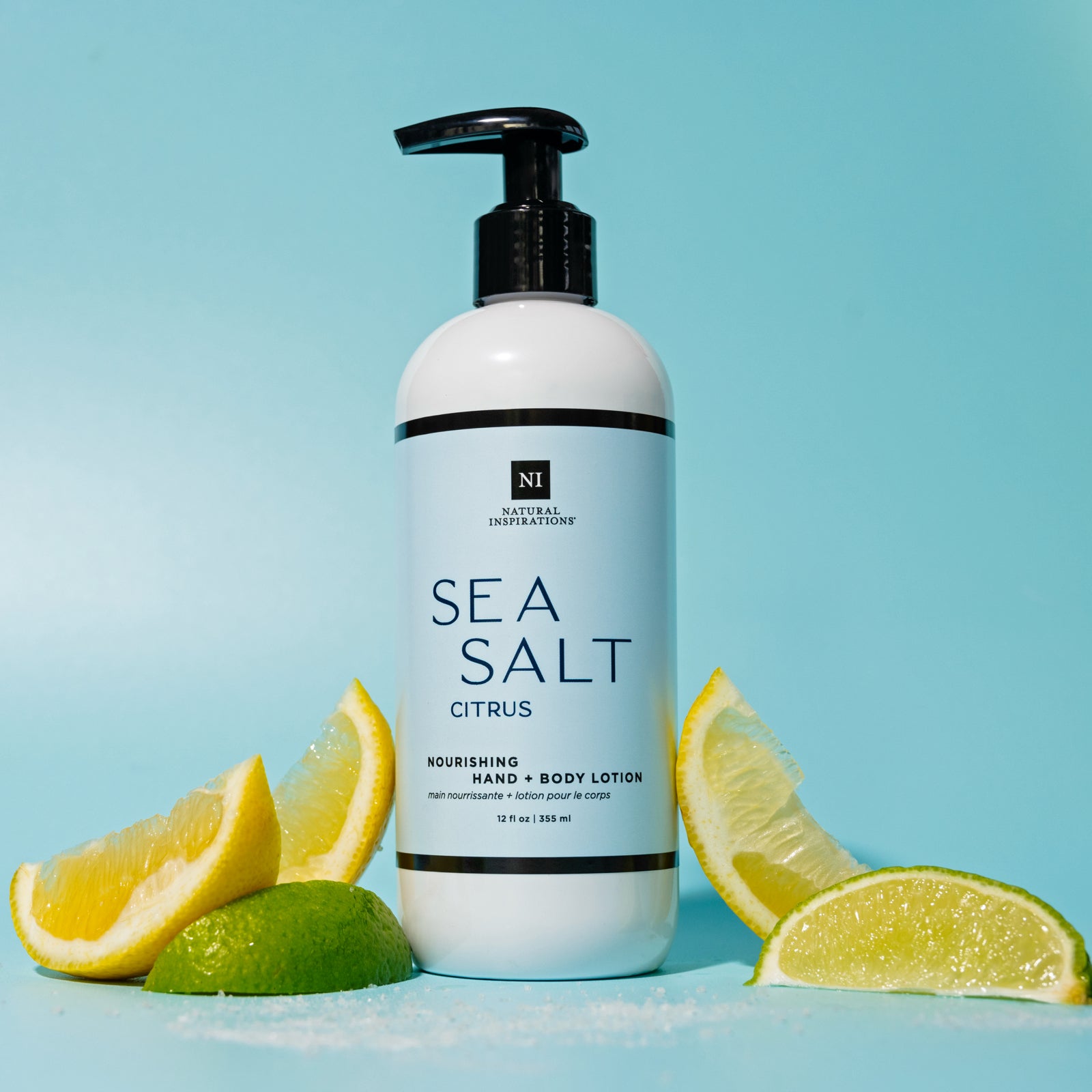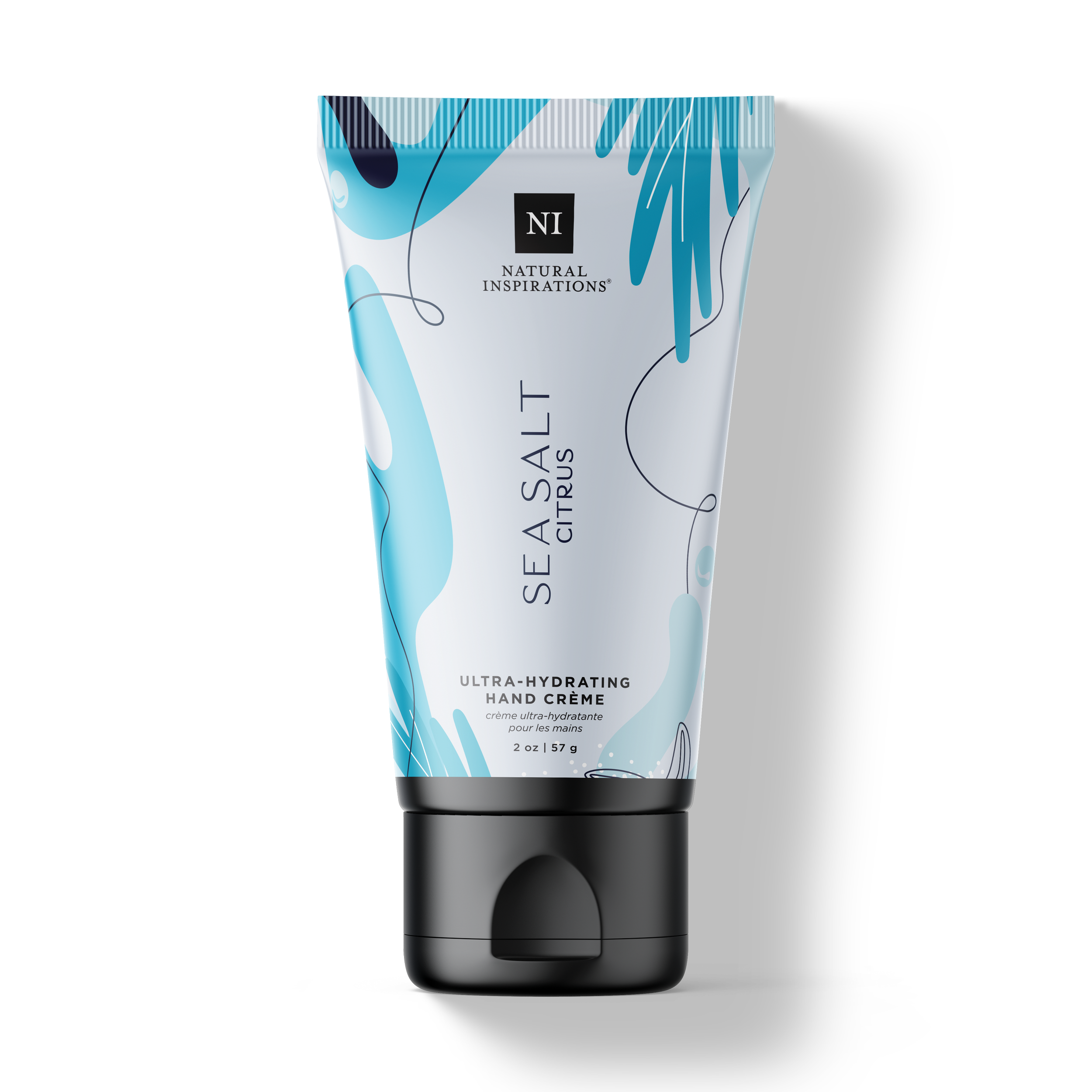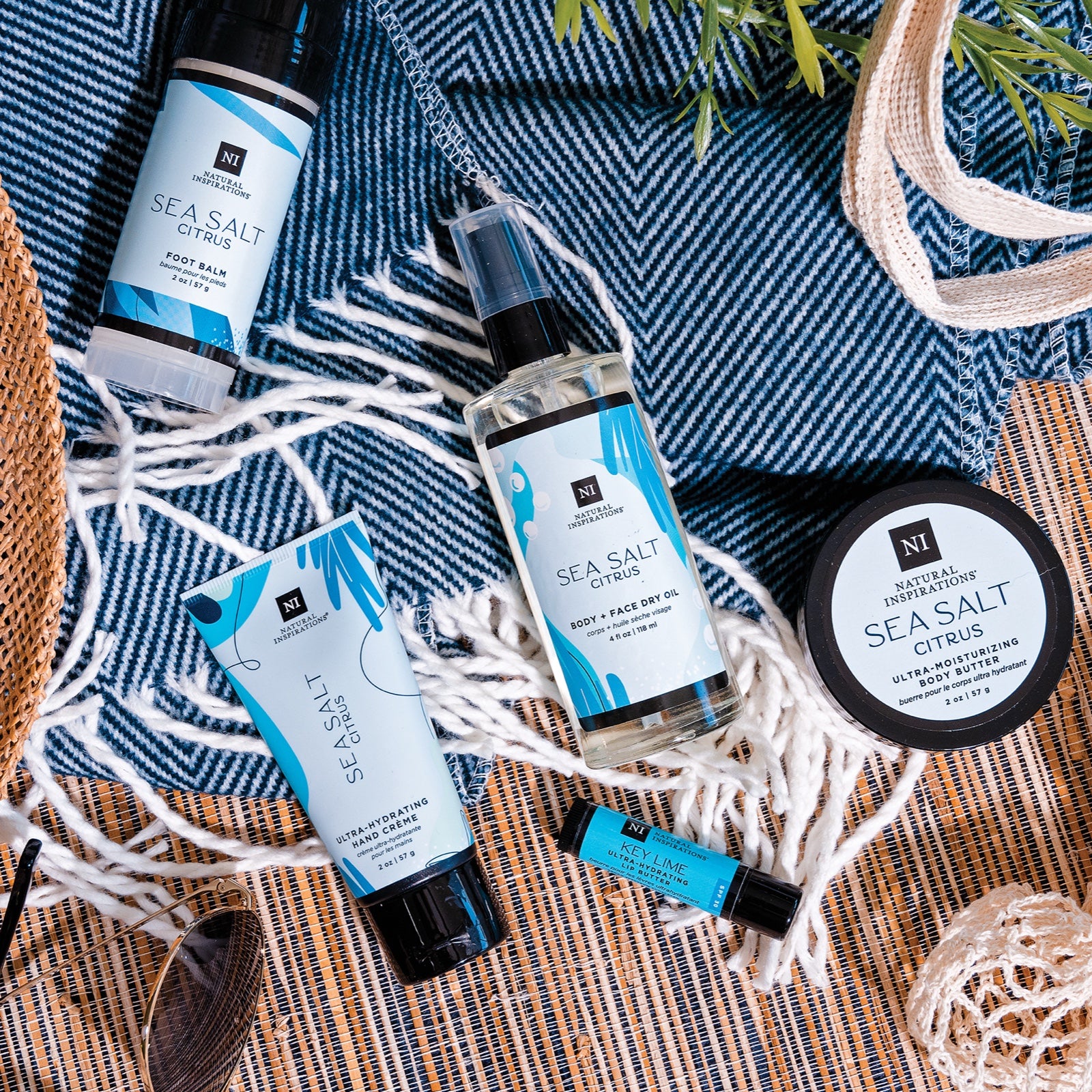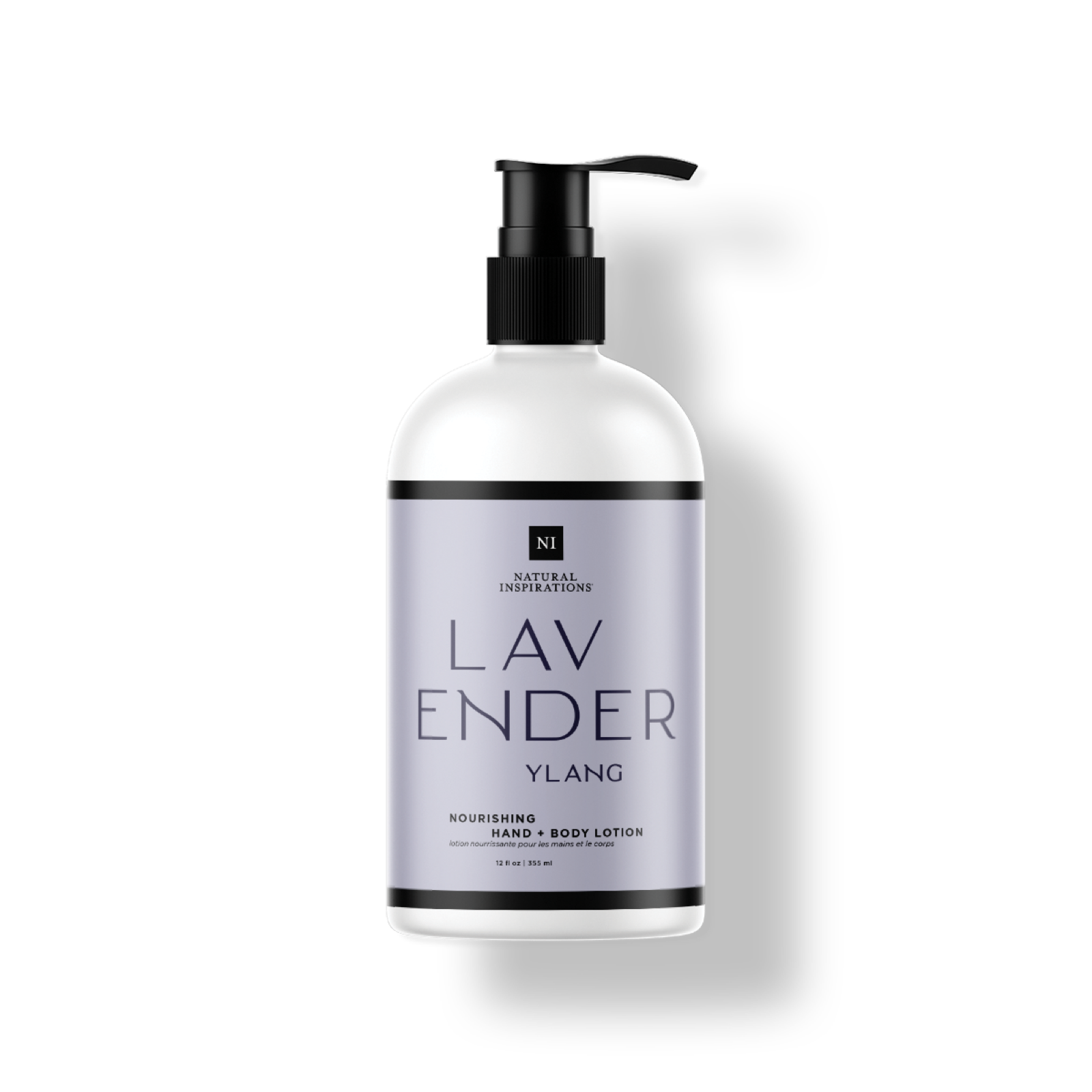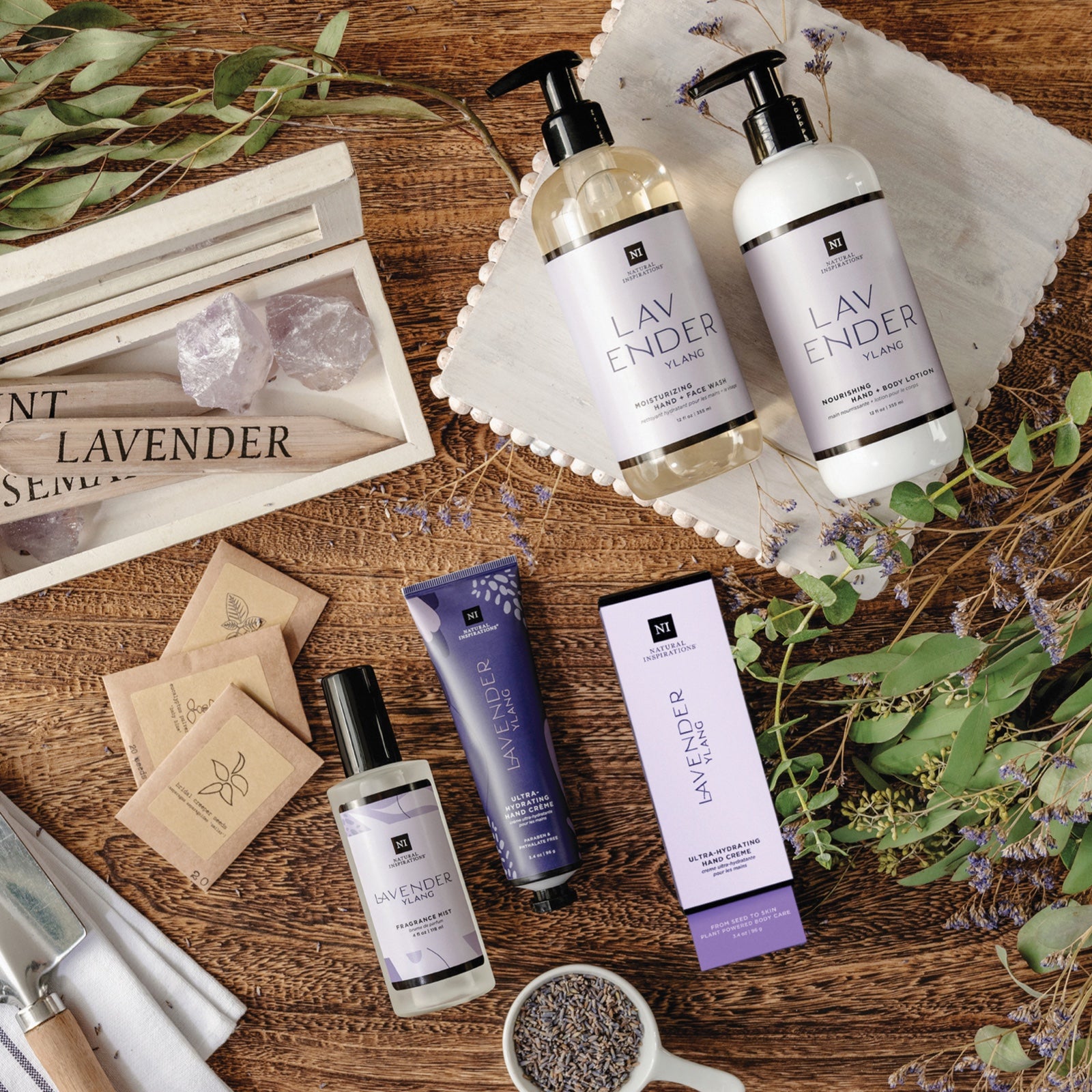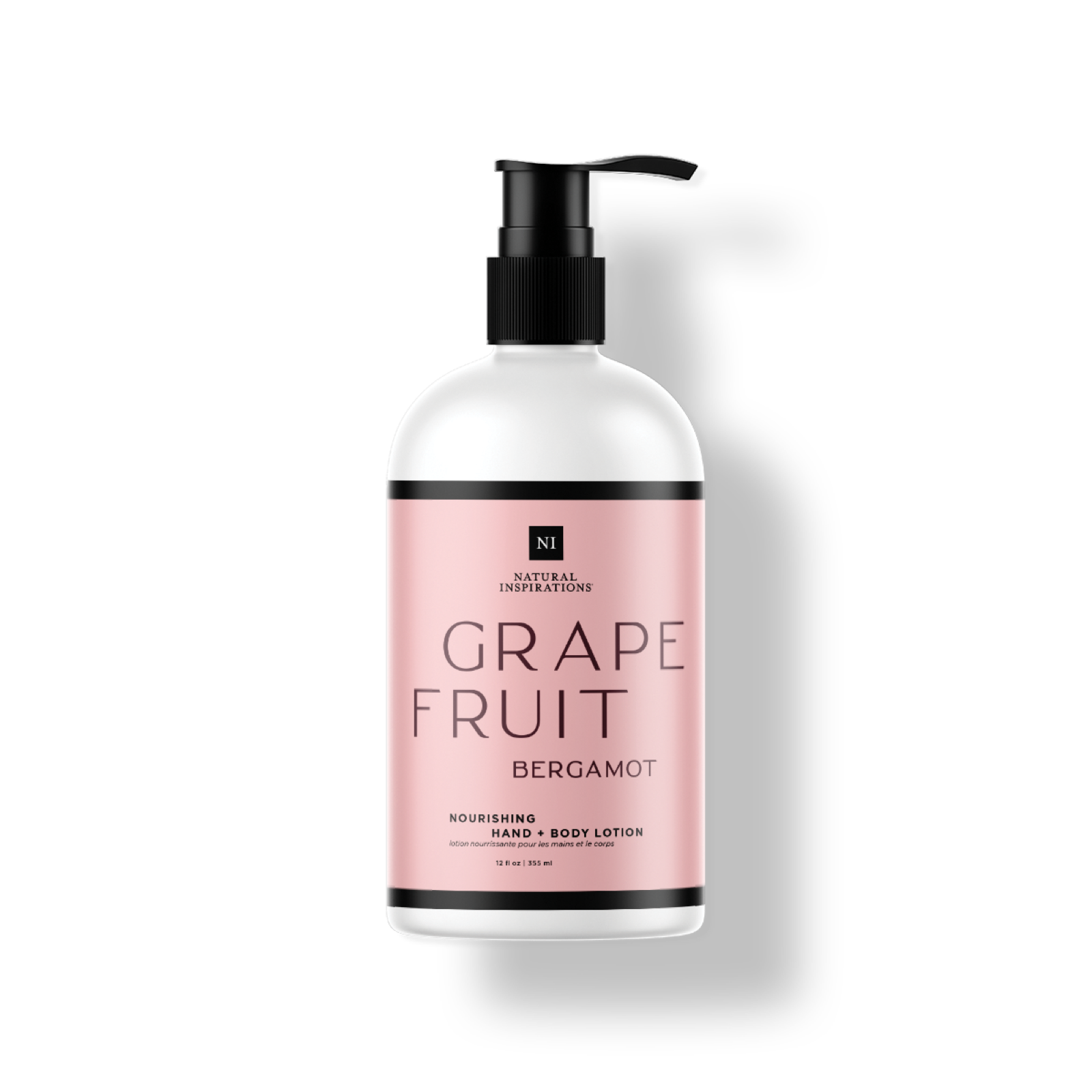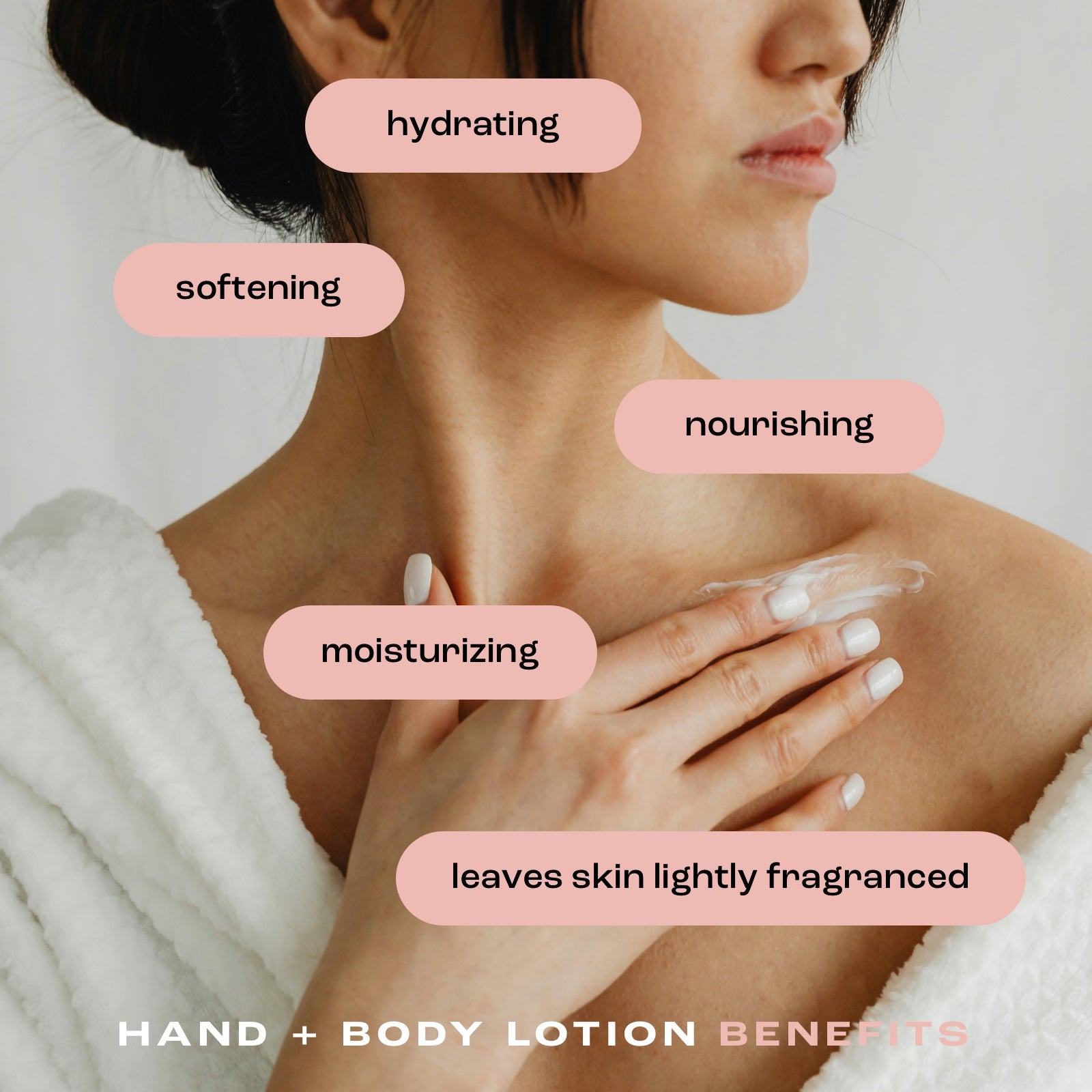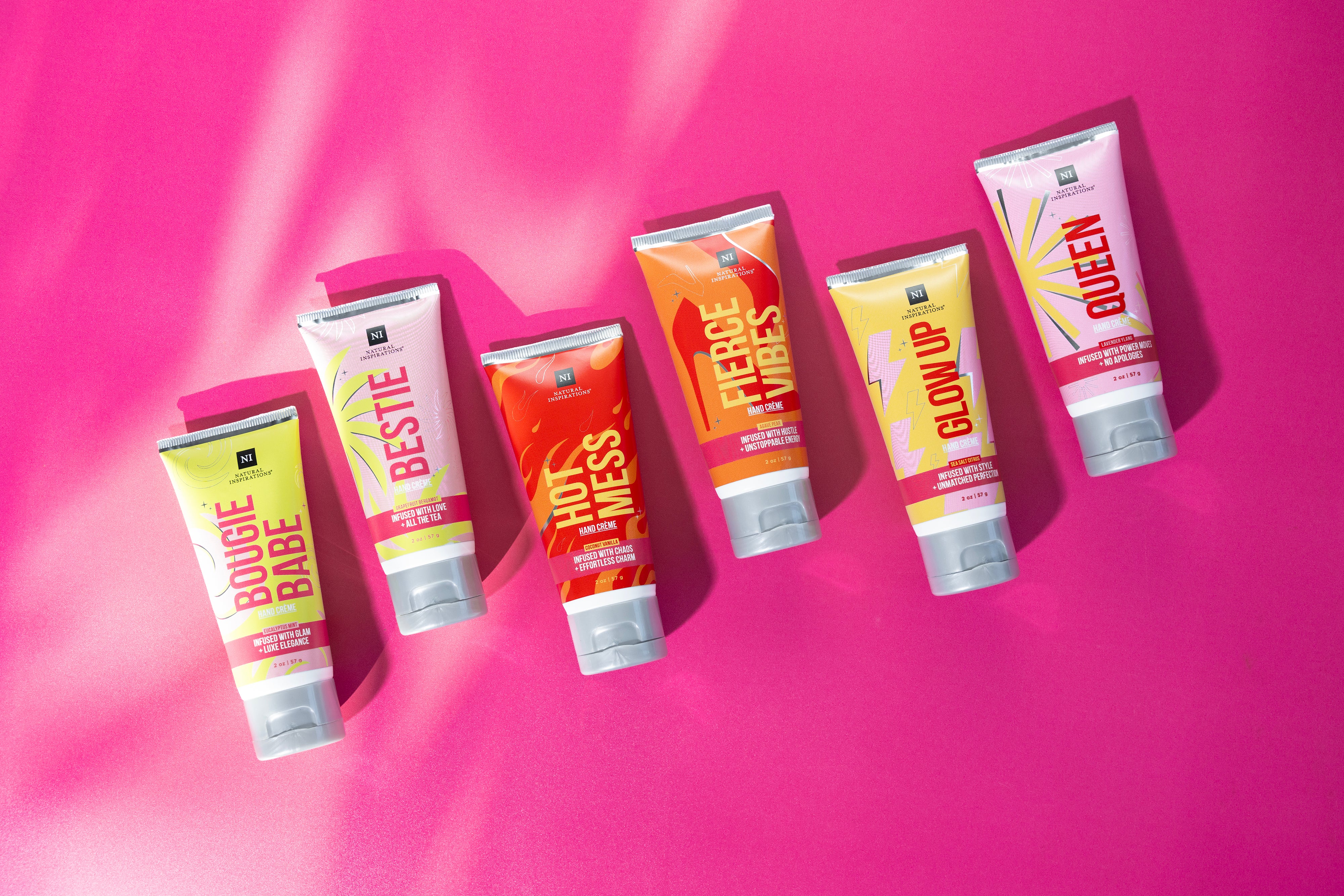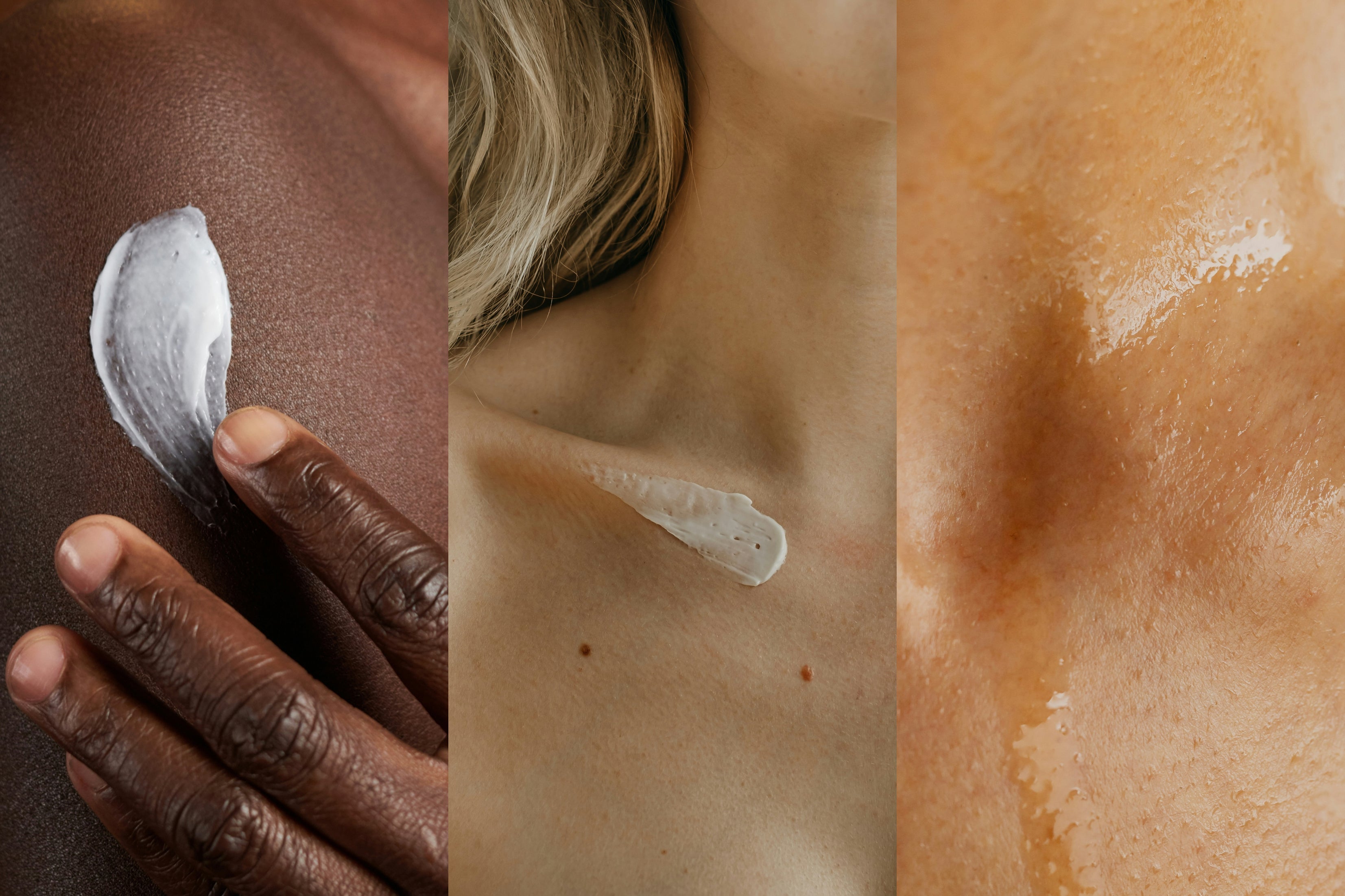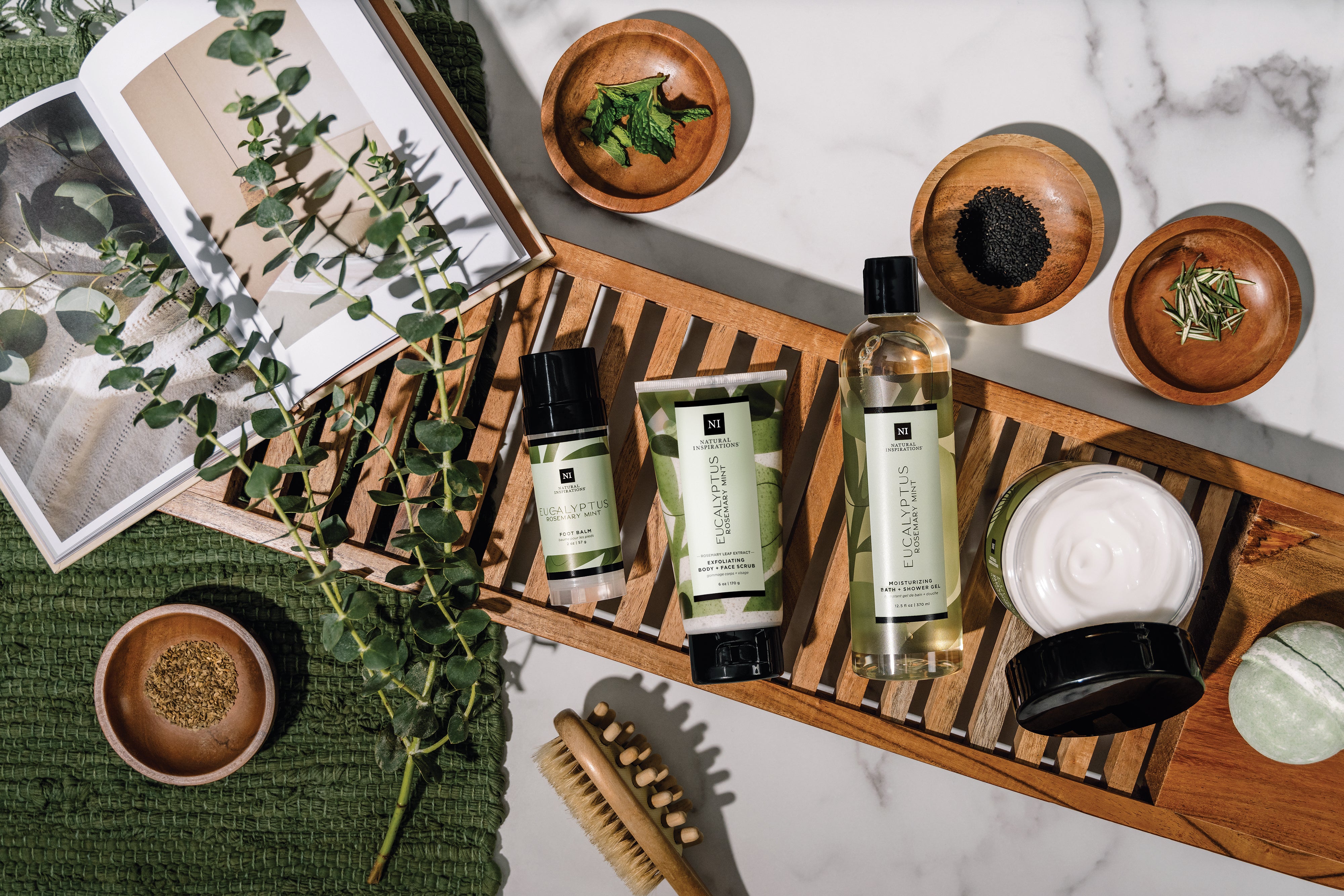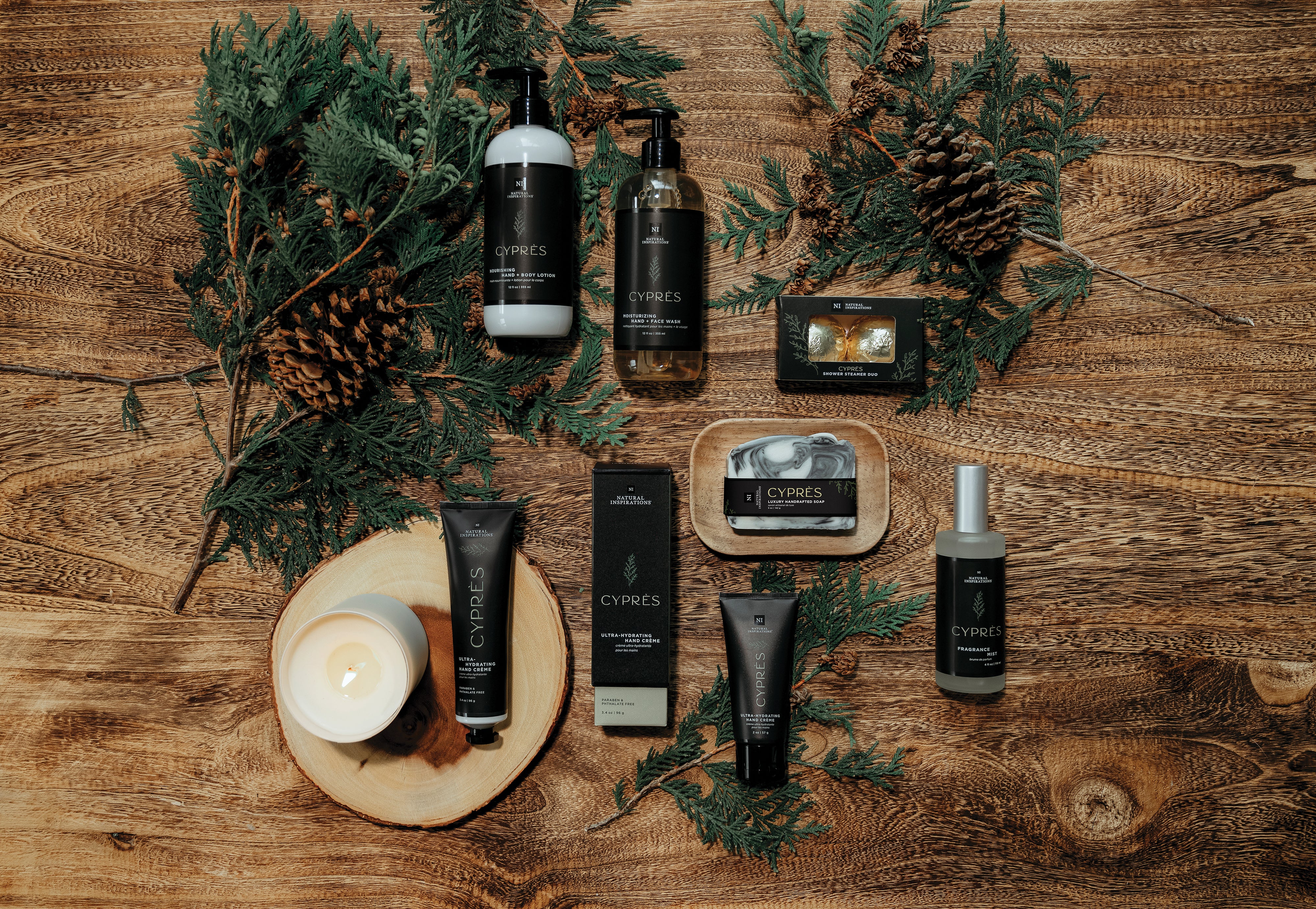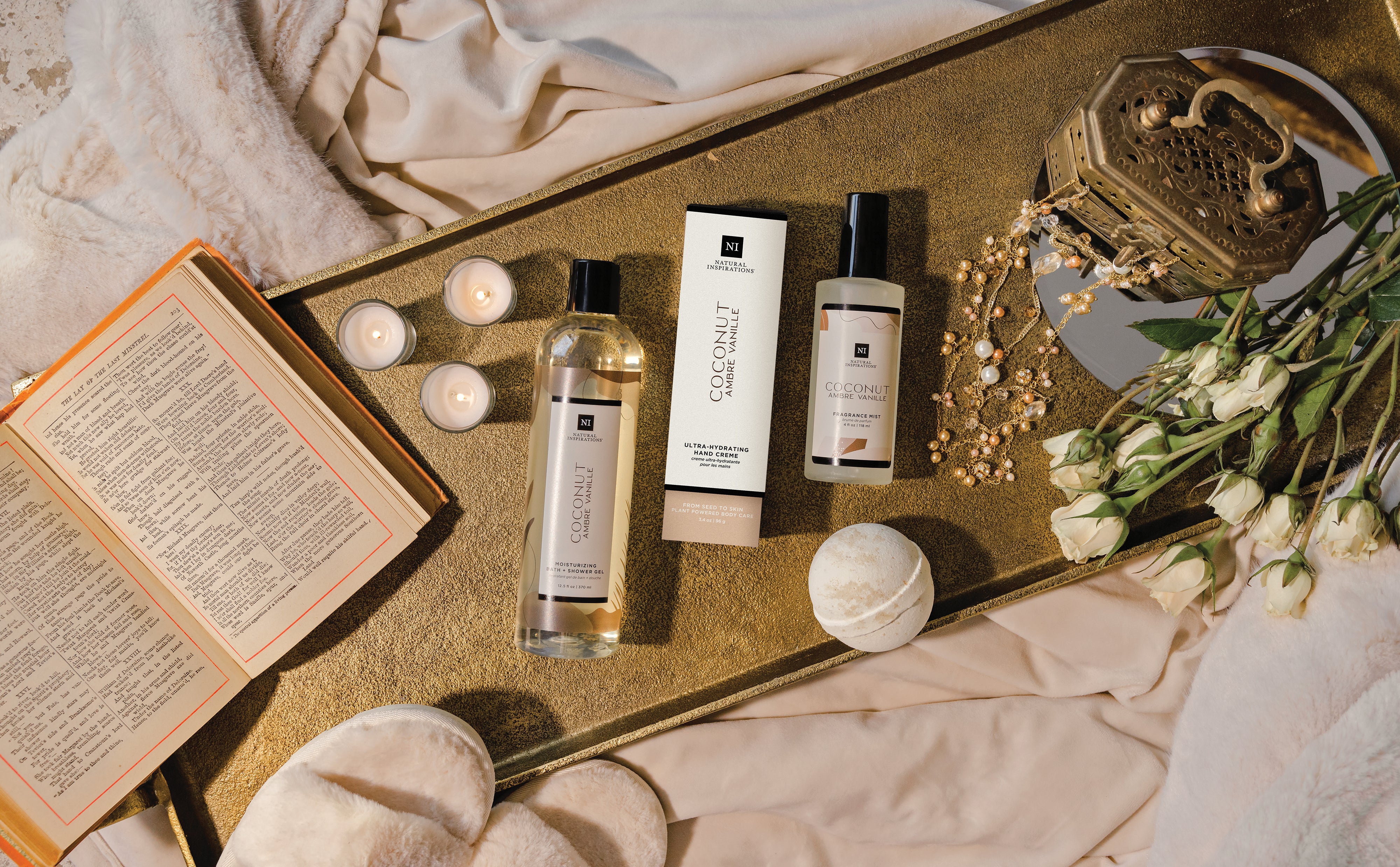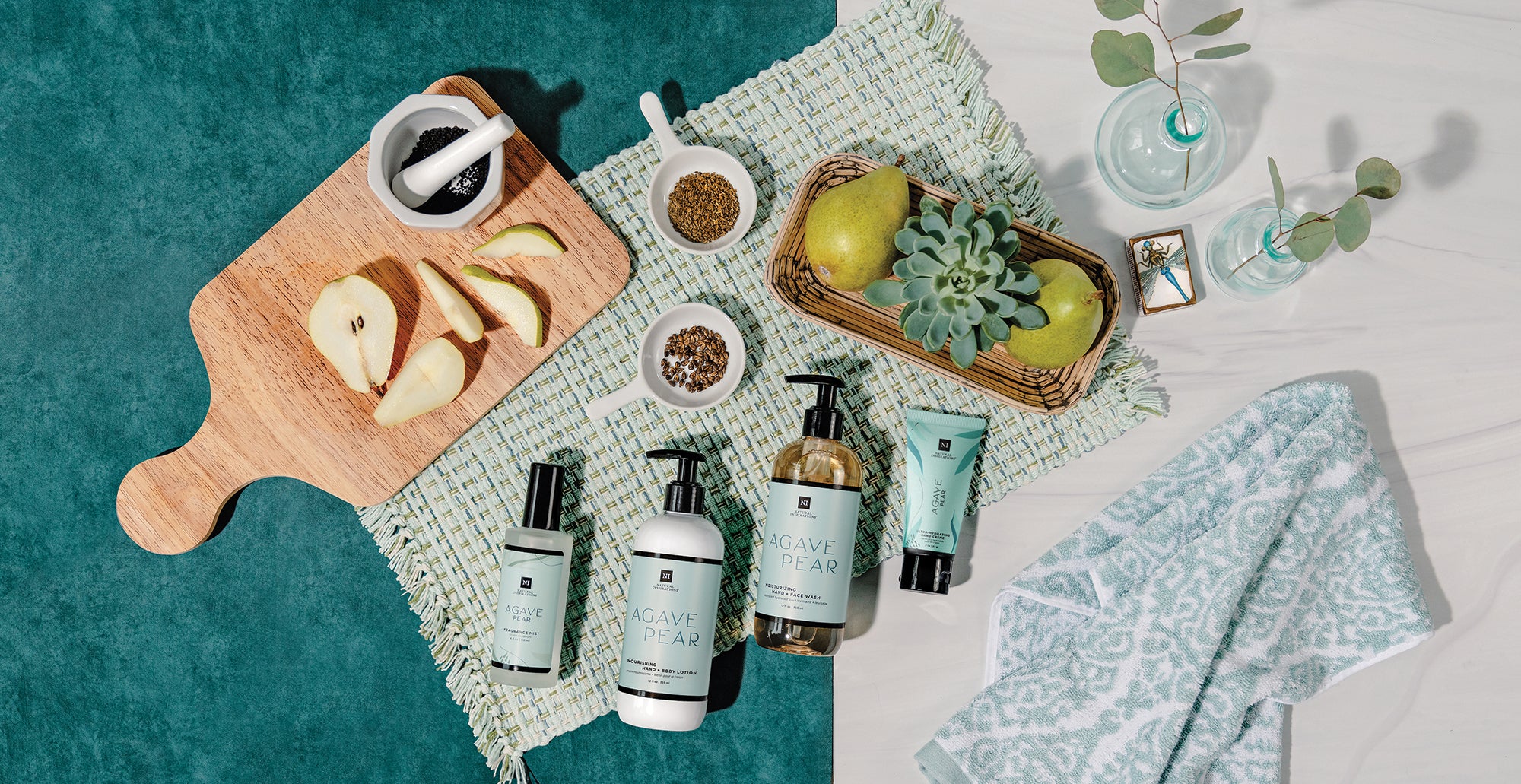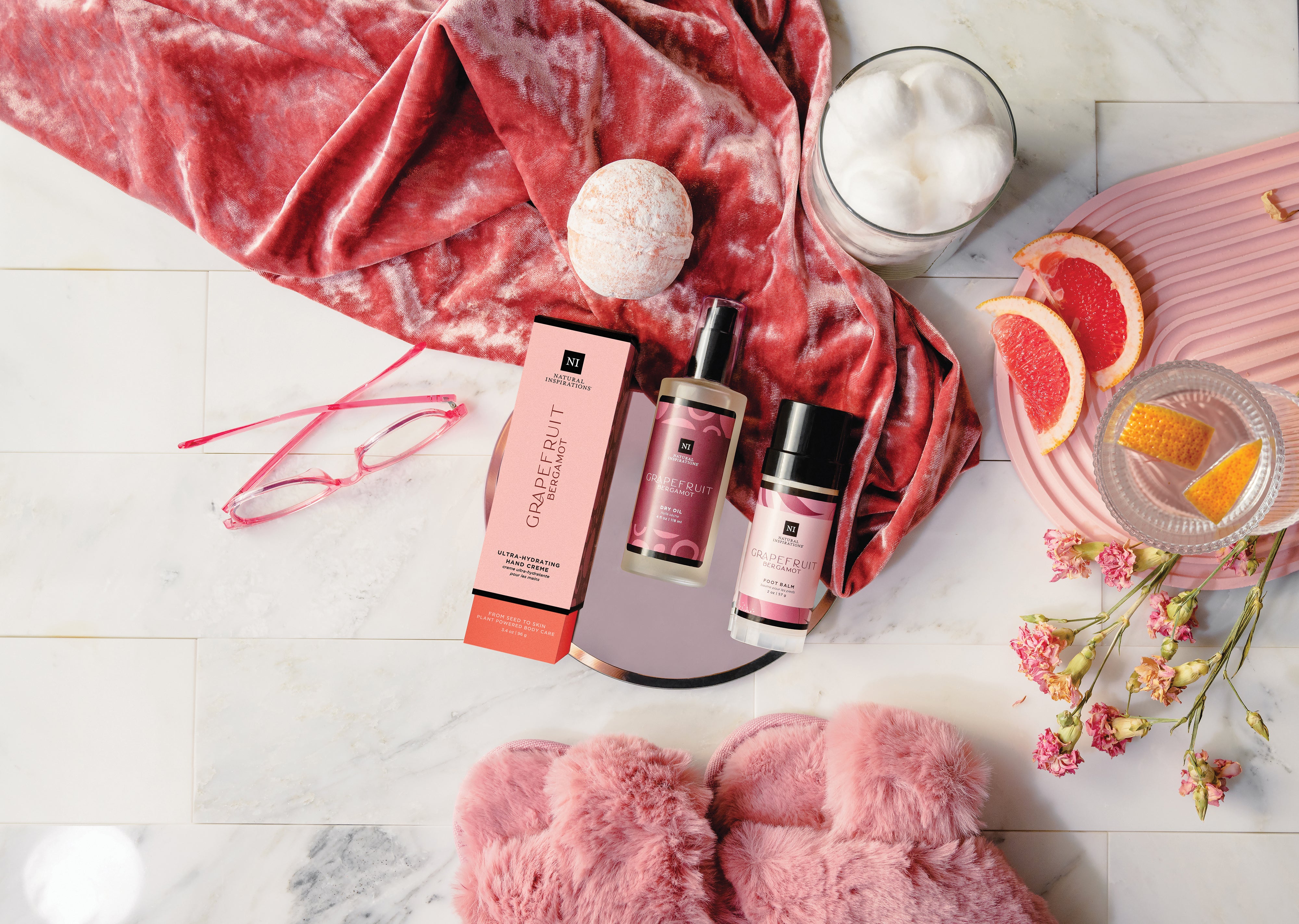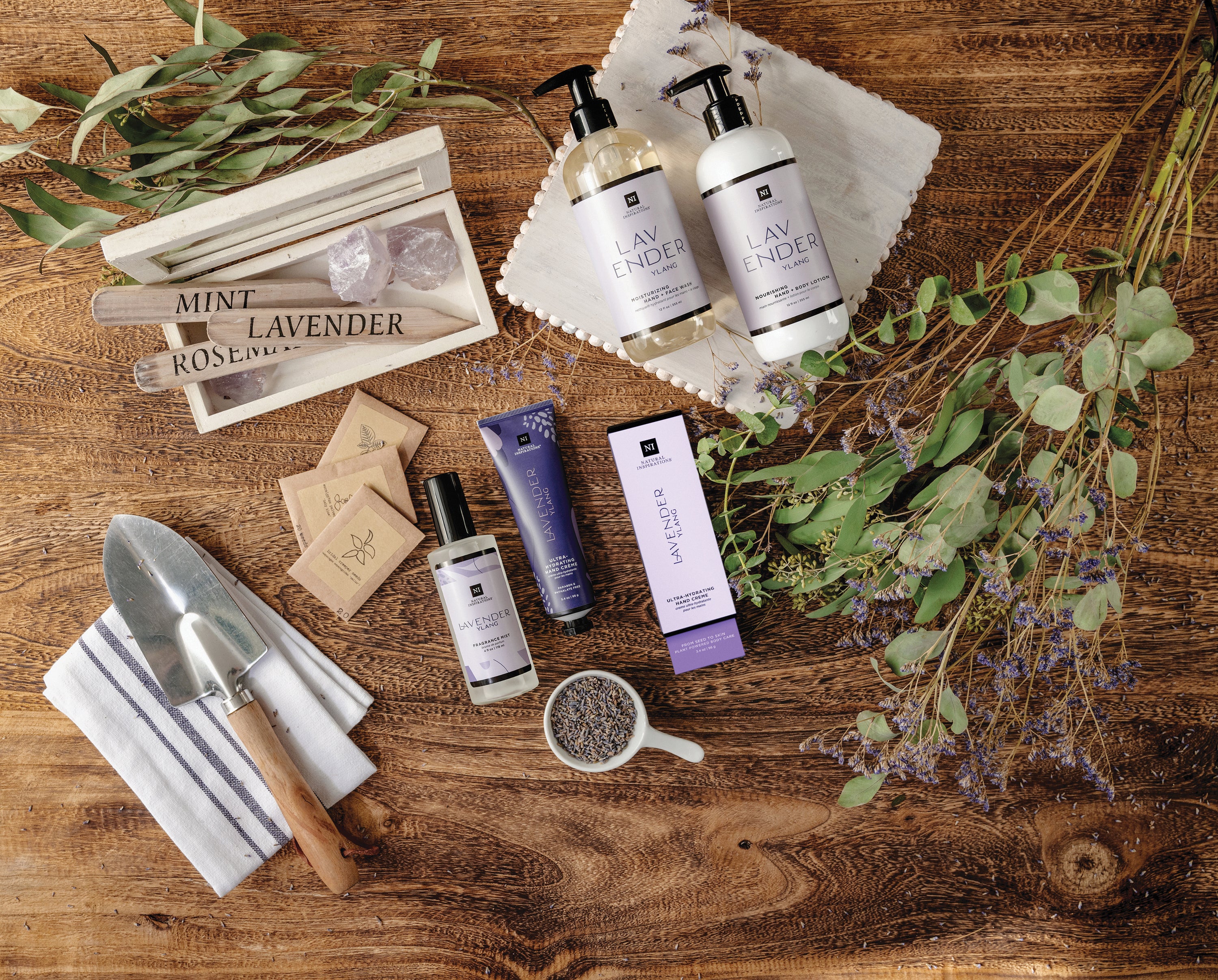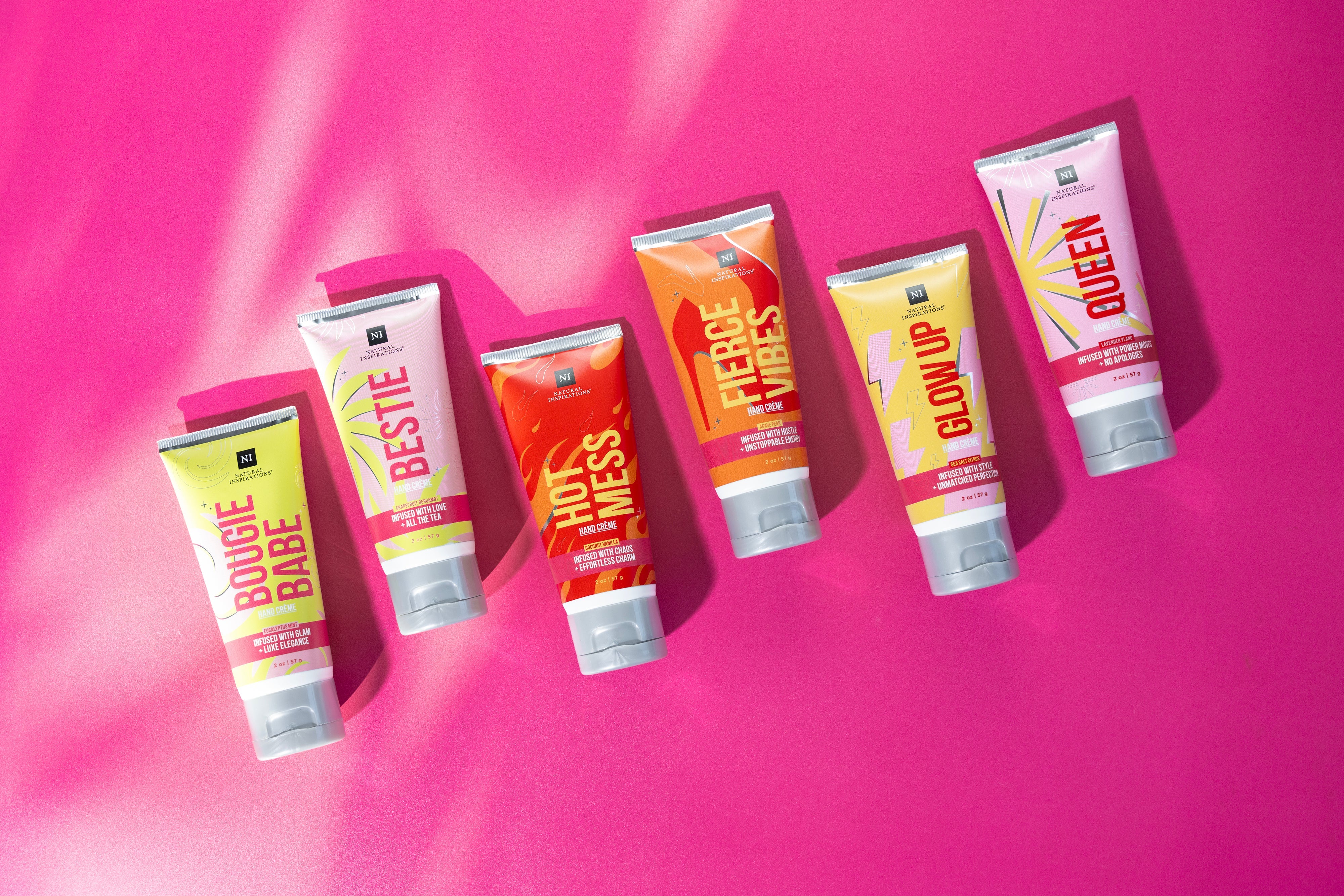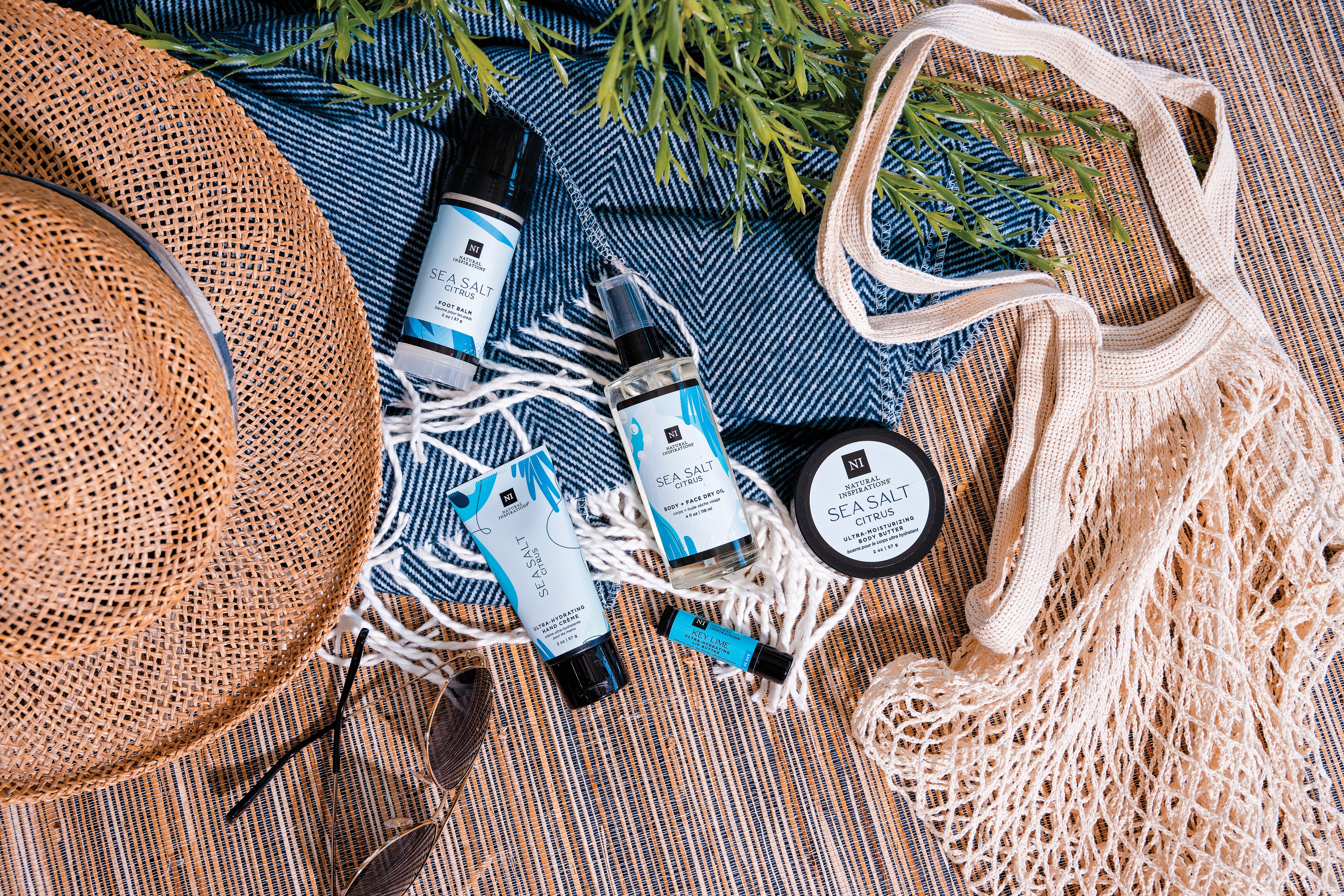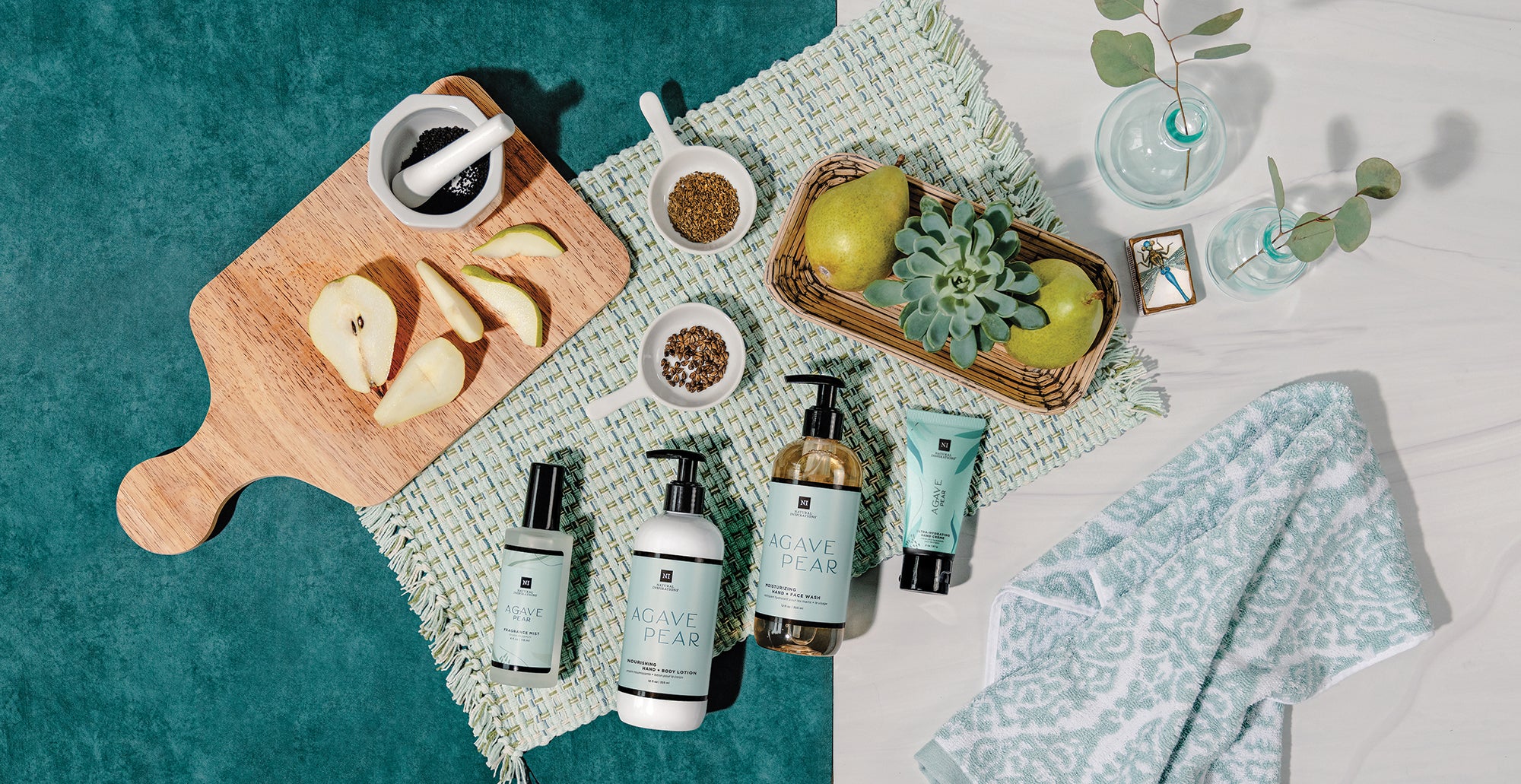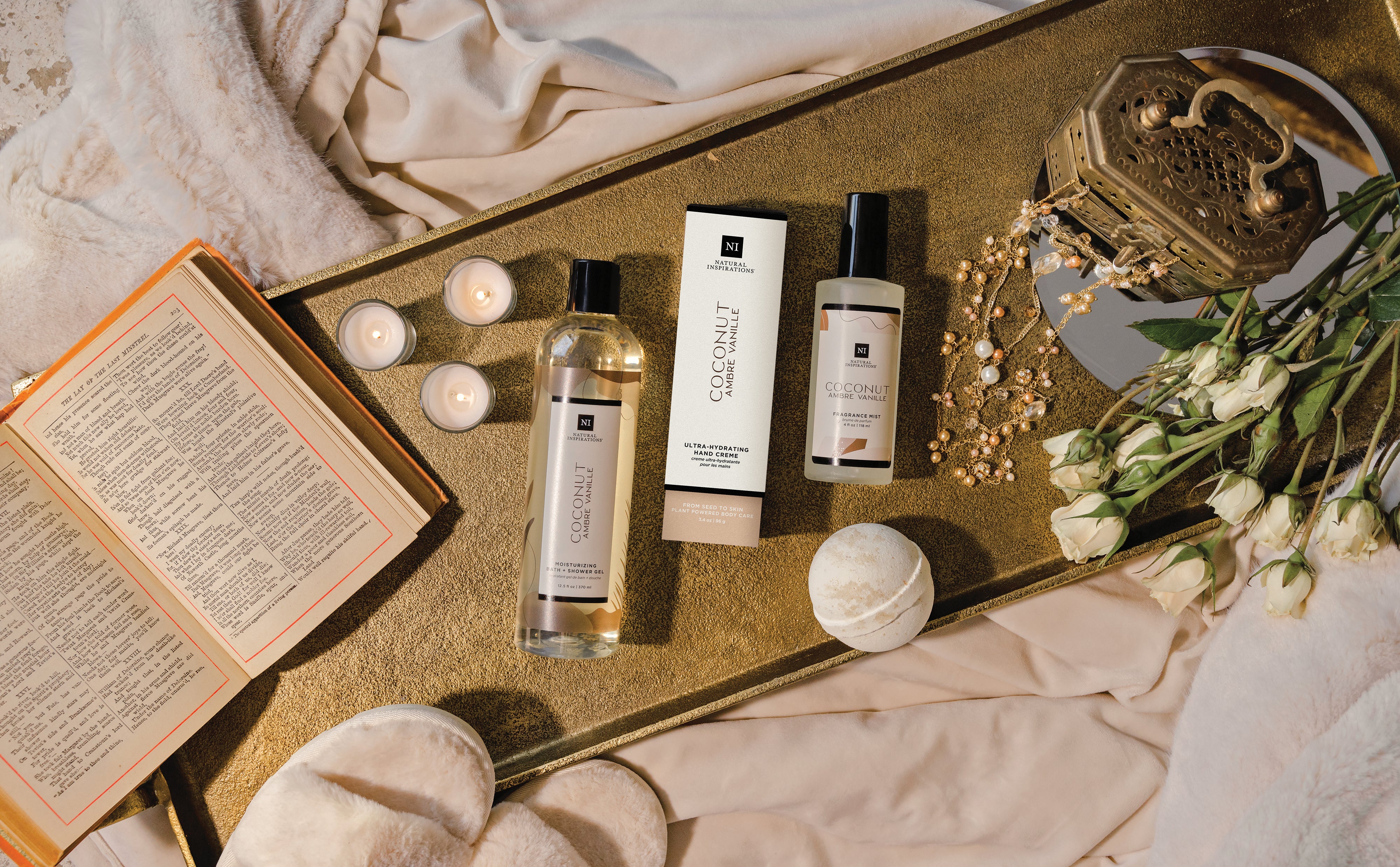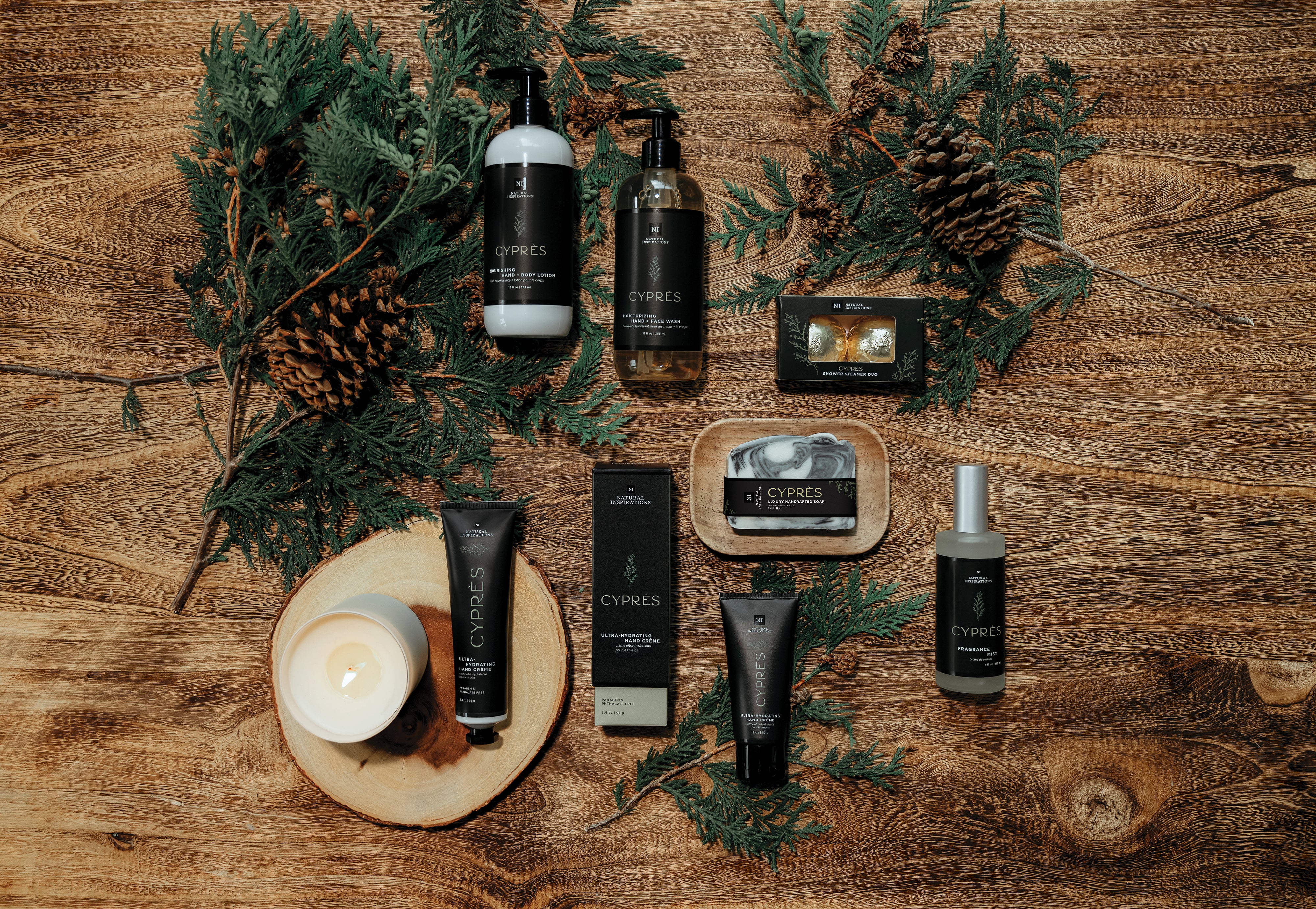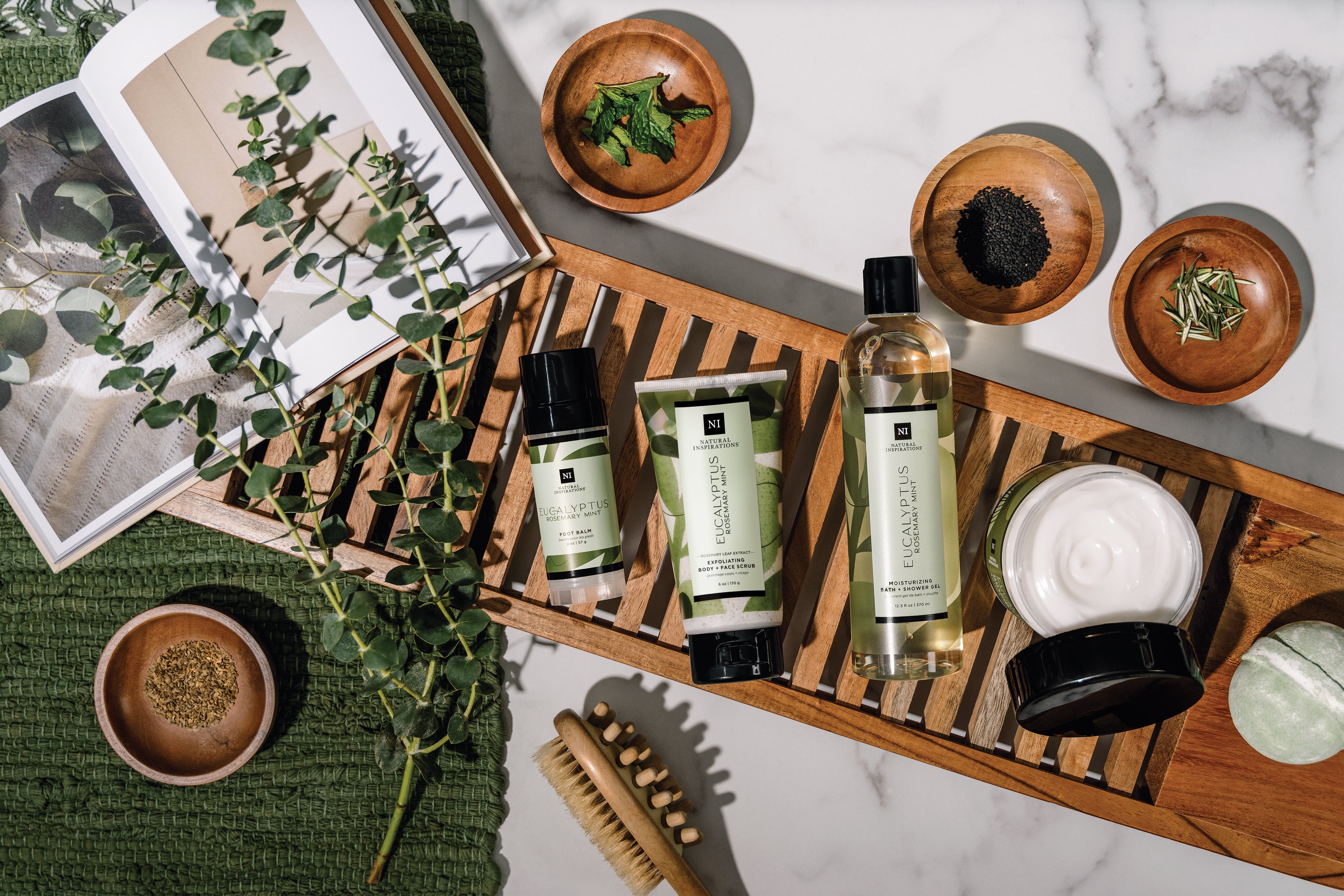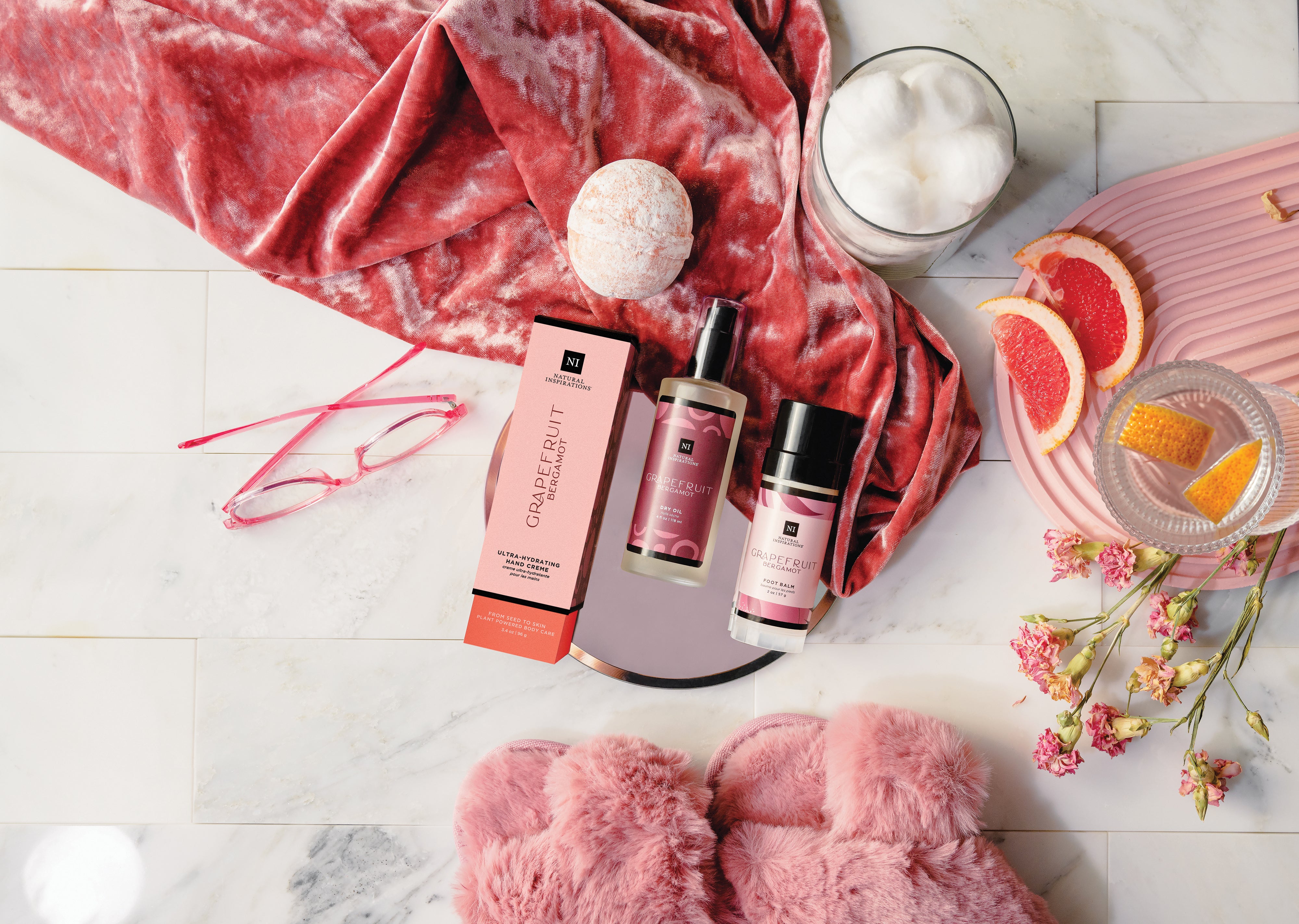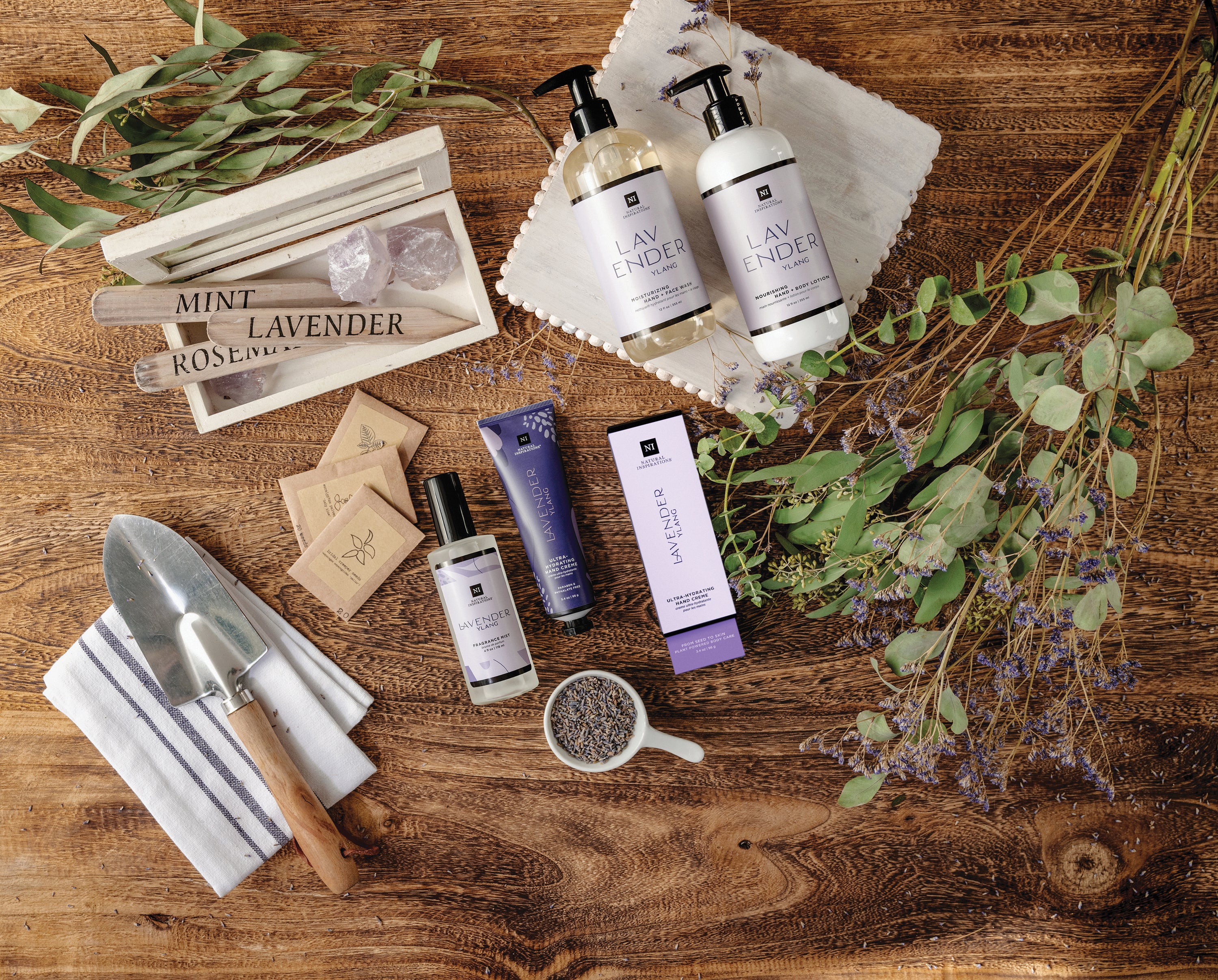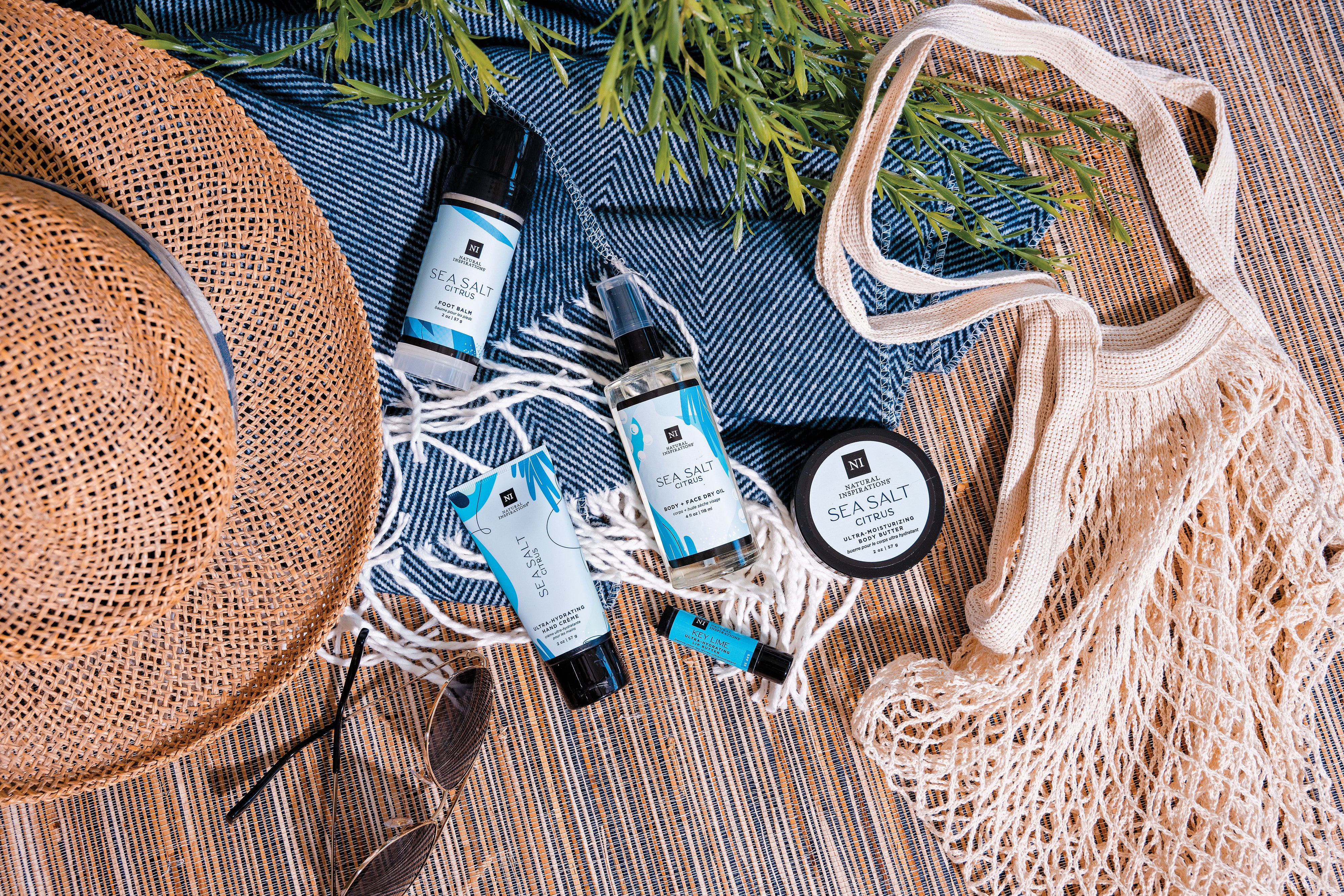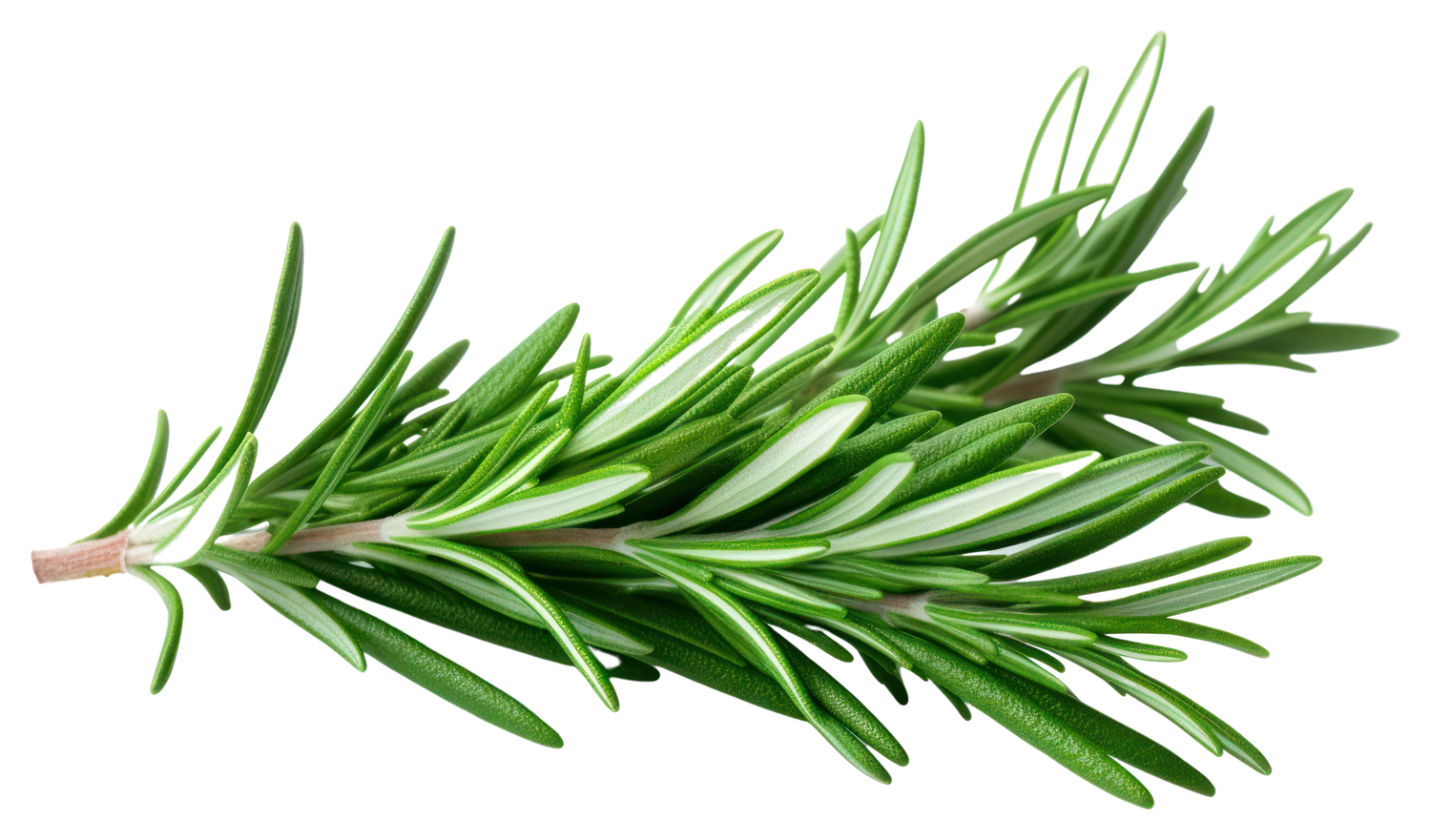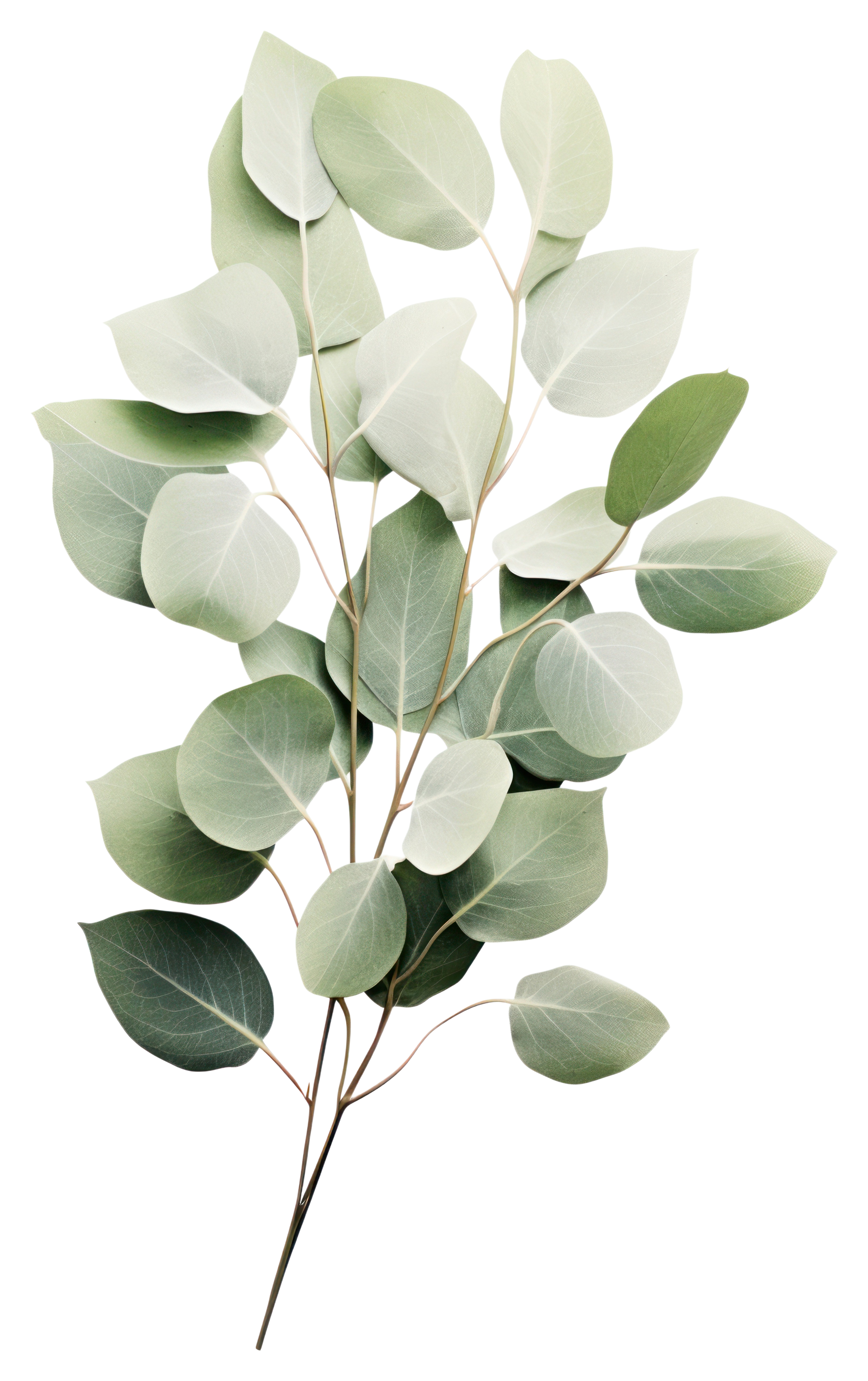Moisturizer Face-Off: Plant-Based vs. Goat Milk vs. Honey
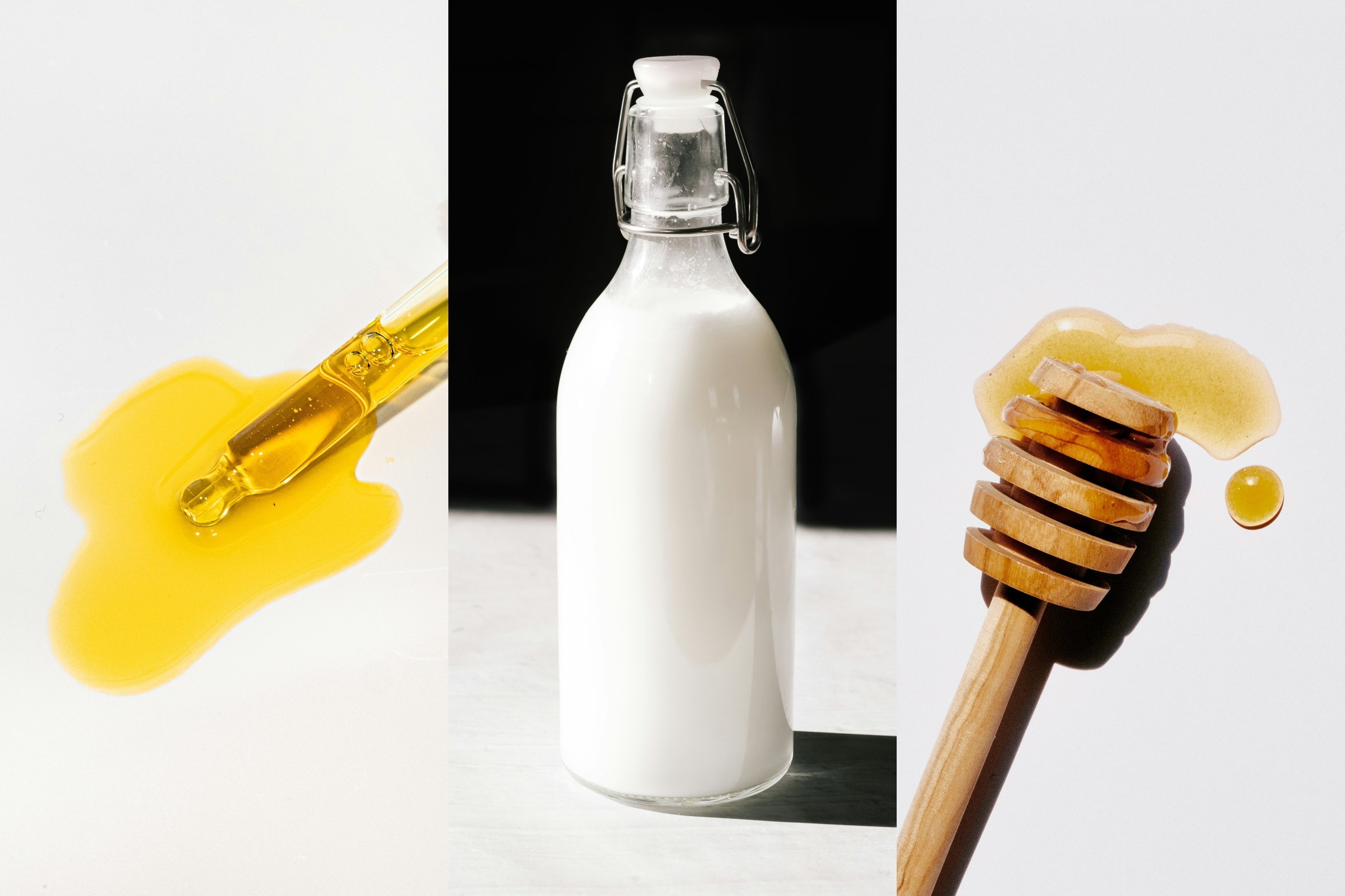
Which moisturizer base really keeps skin happiest—and when?
At Natural Inspirations, we’re passionate about plant-powered skincare. From the beginning, we’ve chosen to formulate our moisturizers with coconut oil and cold-pressed seed oils—ingredients that naturally hydrate and help strengthen the skin’s barrier. While we respect other traditions, like goat milk or honey, our focus remains plant-based because that’s where the strongest, most consistent science on skin health points today. In the sections that follow, you’ll see how plant, goat milk, and honey formulations compare—so you can decide what’s right for you.
Quick Takeaway
If you only have a minute, here’s what you need to know:
- Plant-based moisturizers—especially those built on coconut oil and cold-pressed seed oils—have the strongest scientific evidence for hydration, barrier repair, and long-term skin health¹²³⁴.
- Goat-milk-based moisturizers bring gentle lactic-acid exfoliation and a rich feel, but evidence of superior moisturization is limited, and there are documented cases of sensitization to goat-milk proteins⁷⁸.
- Honey-based moisturizers are excellent humectants with antimicrobial properties and can boost hydration, but they need emollients and occlusives to keep water from escaping⁵⁶.
What Moisturizers Really Do
Dermatologists group moisturizers into three key jobs:
- Humectants – draw water into the skin (e.g., honey, glycerin).
- Emollients – smooth and soften by filling lipid gaps (e.g., coconut oil, sunflower oil).
- Occlusives – form a seal that slows transepidermal water loss (TEWL)—the water that naturally evaporates from skin.
The best moisturizers combine all three.
The Plant-Based Case: Nature’s Complete Skin Defender
Why They Work
Plant oils—coconut, sunflower, grapeseed, jojoba, oat, argan—are naturally rich in:
- Barrier lipids + ceramide precursors (e.g., linoleic acid) that restore and strengthen the skin barrier¹².
- Antioxidants like tocopherols that fight oxidative stress.
- Anti-inflammatory compounds that calm redness and irritation.
Coconut oil stands out:
- A randomized controlled trial found it as effective as mineral oil for improving skin hydration in mild to moderate xerosis¹.
- Clinical studies show it reduces atopic dermatitis severity and improves barrier function³⁴.
- It also provides antimicrobial activity against common skin pathogens³.
Cold-pressing preserves fragile bioactives, so cold-pressed seed oils retain more antioxidants and beneficial fatty acids.
Strengths
- Excellent for daily moisturization.
- Suitable for sensitive or eczema-prone skin¹³.
- Non-comedogenic choices (sunflower, grapeseed, jojoba, coconut for most skin types)².
Clinical Depth
Compared with goat milk or honey, plant oils have the most peer-reviewed evidence supporting hydration, barrier repair, and even eczema management¹²³⁴.
The Goat-Milk Case: Creamy Comfort—with Caveats
Why It’s Popular
Goat milk naturally contains:
- Lactic acid, a gentle alpha hydroxy acid (AHA) that smooths texture⁷.
- Fats and proteins that create a creamy, emollient feel.
Science Snapshot
- Lactic acid is well proven to enhance moisturization and promote smoothness.
- But goat milk itself lacks strong clinical trials showing benefits beyond those of plant oils⁷⁸.
Sensitization Risk
Case reports document IgE-mediated goat-milk allergy after topical use of goat-milk soaps or creams in atopic individuals⁷⁸. Goat isn’t the evidence leader for barrier repair or hydration.
The Honey Case: Moisture Magnet
Why It Works
Honey is hygroscopic—it attracts and holds water. It also:
- Delivers antimicrobial activity, helping keep microflora in balance⁵⁶.
- Contains antioxidants that can soothe and protect skin.
Science Snapshot
- Cochrane and other reviews show medical-grade honey accelerates wound healing and supports tissue repair⁵⁶.
- Cosmetic studies report up to ~30 % improved moisturization with honey-enriched creams when combined with emollients⁵.
Limitations
- Honey alone can’t “lock in” water. Without oils or butters, it may actually increase transepidermal water loss (TEWL) in dry air.
- A small number of people experience contact dermatitis.
Head-to-Head: Which Moisturizer Base Wins?
| Benefit | Plant | Goat Milk | Honey |
| Clinical evidence | ✅ Strong¹²³⁴ | ⚪ Limited⁷⁸ | ⚪ Growing⁵⁶ |
| Barrier repair | ✅ Yes¹²³⁴ | ⚪ Minimal | ⚪ Indirect⁵ |
| Humectant action | ⚪ Moderate (plus glycerin) | ⚪ Minimal | ✅ Strong⁵⁶ |
| Anti-inflammatory | ✅ Yes¹³ | ⚪ Limited | ⚪ Some⁵ |
| Allergy risk | ✅ Low¹²³⁴ | ❌ Documented⁷⁸ | ⚪ Occasional⁵ |
| Vegan + sustainable | ✅ Yes | ❌ No | ❌ No |
Plant-based moisturizers are the only option that consistently checks every box for skin health, safety, and sustainability.
Ingredient Spotlights
- Coconut Oil – Hydrates, reduces inflammation, antimicrobial; proven to improve barrier function¹³⁴.
- Sunflower/Grapeseed Oils – Rich in linoleic acid to restore barrier lipids and lower TEWL¹².
- Lactic Acid – Gentle exfoliant and hydrator found in goat milk⁷.
- Honey – Humectant and antimicrobial; boosts hydration when paired with oils⁵⁶.
The Bottom Line
For everyday skin health, plant-based moisturizers built on coconut oil and cold-pressed seed oils offer:
- The strongest scientific support¹²³⁴
- The best safety profile for sensitive and atopic skin¹³
- Barrier repair benefits unmatched by goat milk or honey
Goat milk provides gentle exfoliation but carries sensitization risks⁷⁸.
Honey is a potent humectant but incomplete on its own⁵⁶.
Natural Inspirations: Why We Choose Plant-Based
We proudly formulate with Coconut Oil and our ExSeed® cold-pressed seed oil blend because:
- Coconut oil provides rich hydration and natural antimicrobial defense¹³⁴.
- ExSeed® seed oils deliver essential fatty acids and antioxidants for long-term barrier support¹².
- Together, they create hydration that lasts—naturally.
References
¹ Agero, A. L., & Verallo-Rowell, V. M. (2004). A randomized double-blind controlled trial comparing virgin coconut oil with mineral oil as a moisturizer for mild to moderate xerosis. Dermatology, 209(4), 298–305. https://pubmed.ncbi.nlm.nih.gov/15724344
² Noveir, S. D., et al. (2024). A review of topical oils on the skin. JAAD Reviews.
https://www.jaadreviews.org/article/S2950-1989(24)00023-0/fulltext
³ Varma, S. R., et al. (2018). In vitro anti-inflammatory and skin protective properties of virgin coconut oil. Journal of Traditional and Complementary Medicine, 9(1), 5–14.
https://pmc.ncbi.nlm.nih.gov/articles/PMC6335493
⁴ Evangelista, M. T. P., et al. (2014). Topical virgin coconut oil improves SCORAD index in mild to moderate atopic dermatitis: A randomized, double-blind clinical trial. International Journal of Dermatology, 53(1), 100–108. https://onlinelibrary.wiley.com/doi/10.1111/ijd.12339
⁵ Jull, A. B., Cullum, N., Dumville, J. C., et al. (2015). Honey as a topical treatment for acute and chronic wounds. Cochrane Database of Systematic Reviews, 3, CD005083.
https://www.cochrane.org/evidence/CD005083_honey-topical-treatment-acute-and-chronic-wounds
⁶ Moore, O. A., Smith, L. A., Campbell, F., et al. (2001). Systematic review of the use of honey as a wound dressing. BMC Complementary and Alternative Medicine, 1, 2.
https://bmccomplementmedtherapies.biomedcentral.com/articles/10.1186/1472-6882-1-2
⁷ De Luca, J. F., Mackay, G. A., Chatelier, J. W., et al. (2022). Goat milk skin products may cause the development of goat milk allergy. Clinical & Experimental Allergy, 52(5), 706–710. https://pubmed.ncbi.nlm.nih.gov/35384104
⁸ Kwong, K., et al. (2021). Goat’s milk allergy in a family following household sensitization to goat’s milk soap. Asia Pacific Allergy, 11(2), e17. https://pubmed.ncbi.nlm.nih.gov/34007823/

